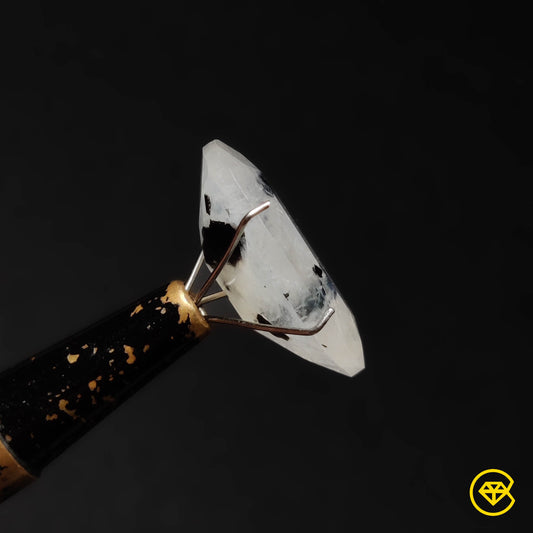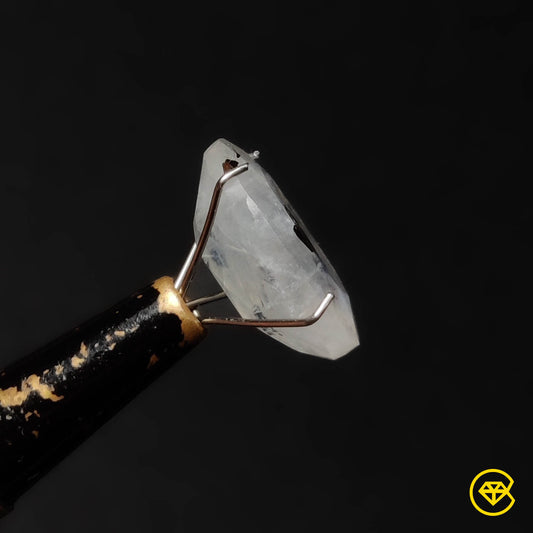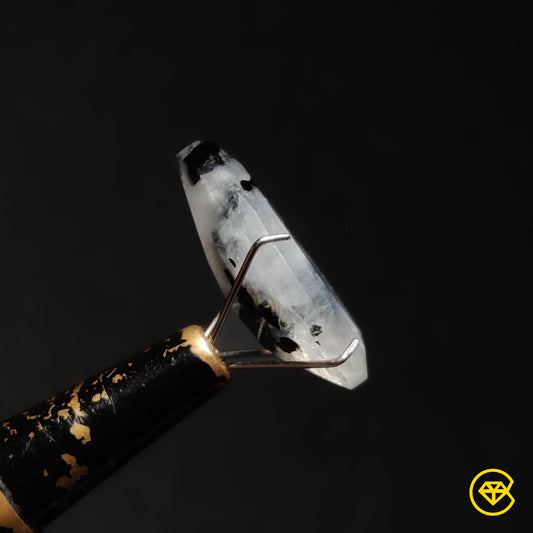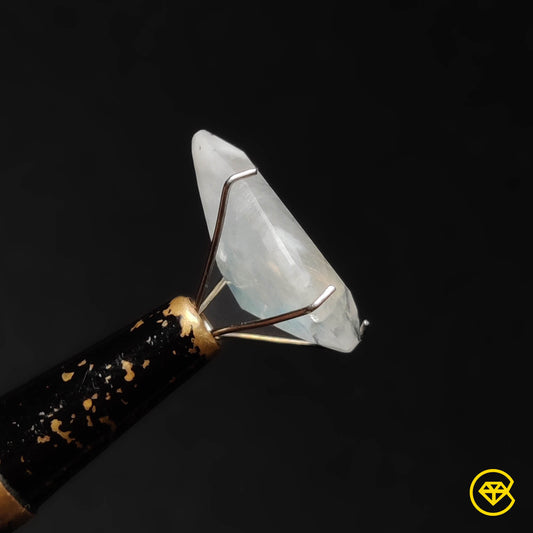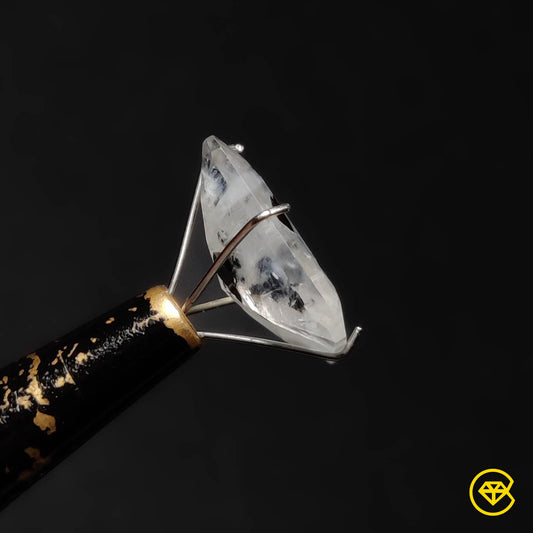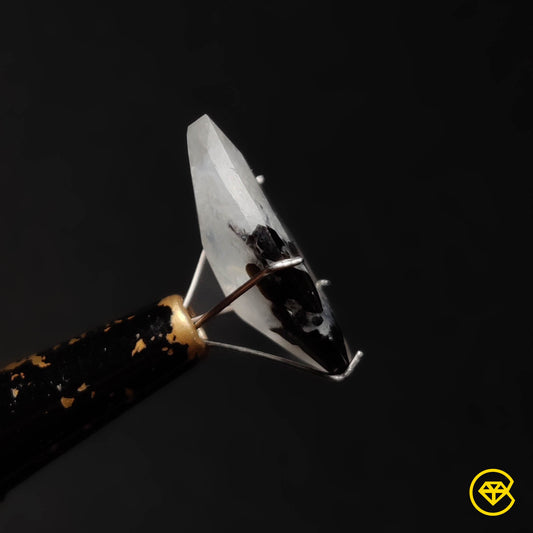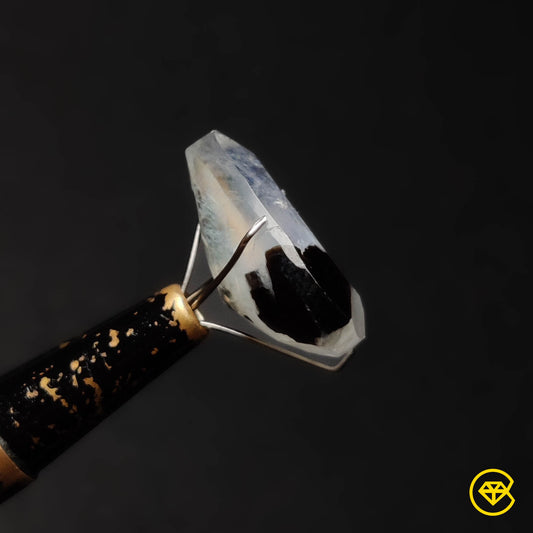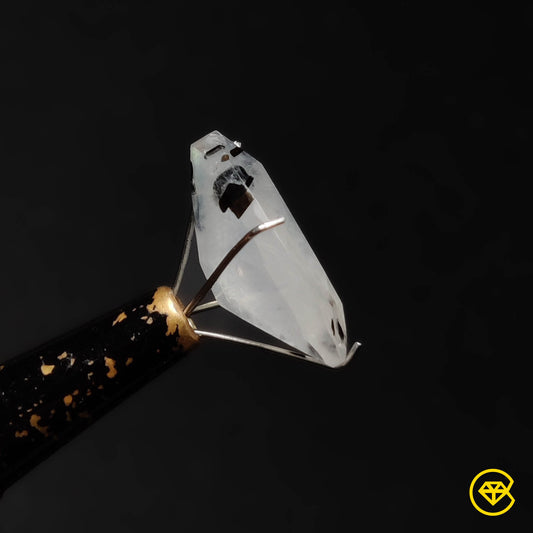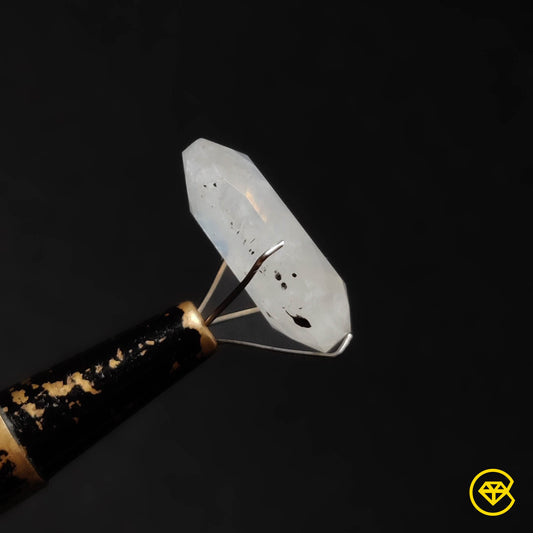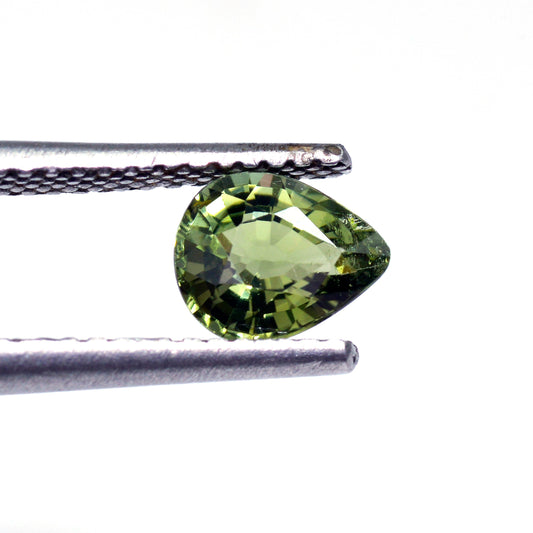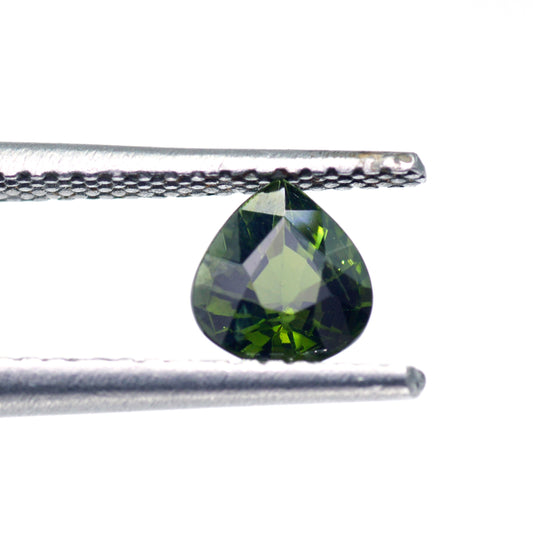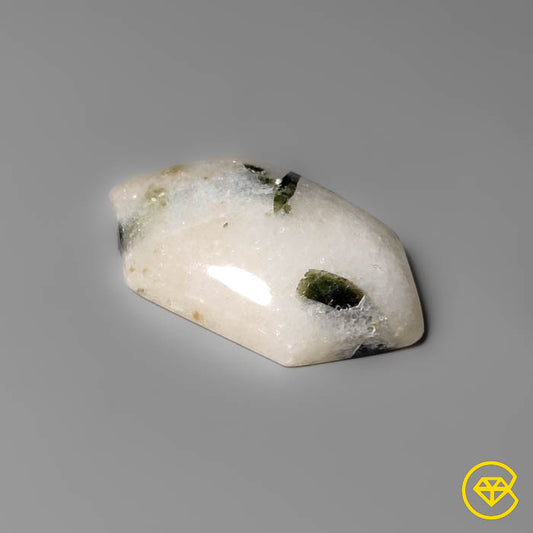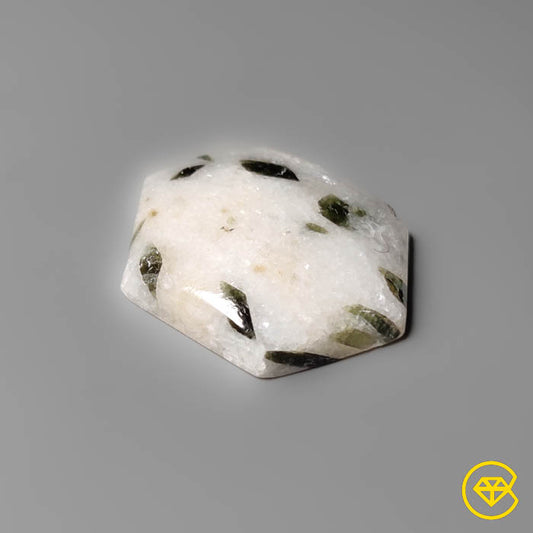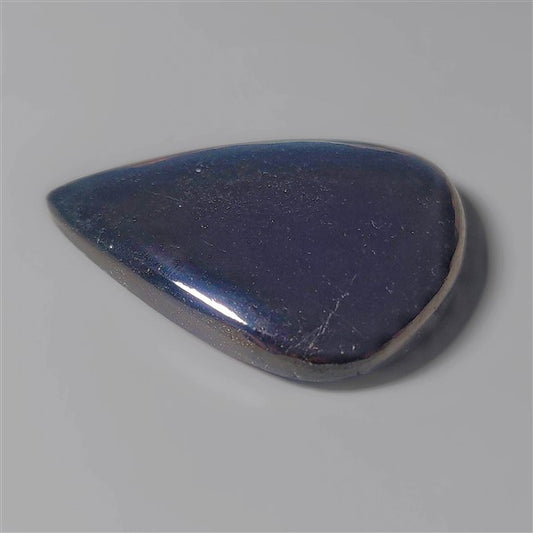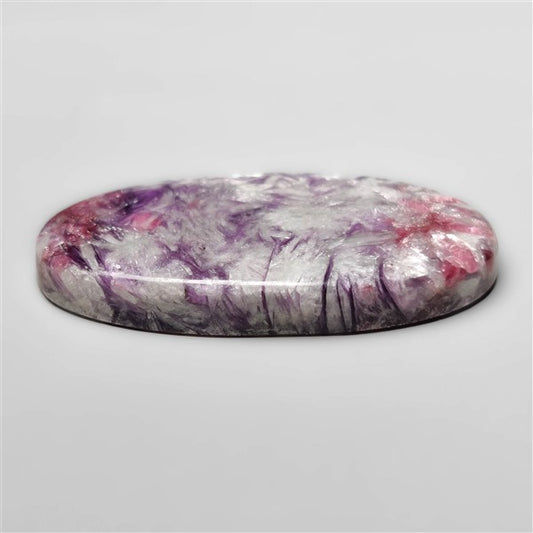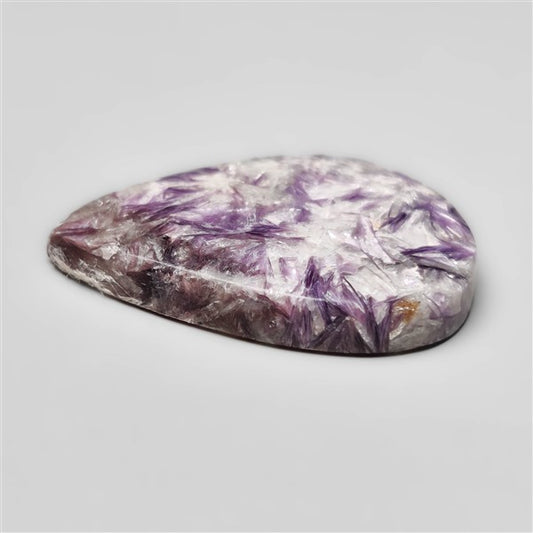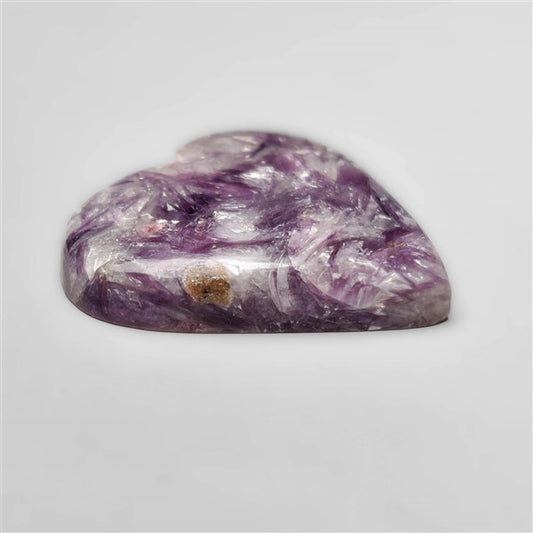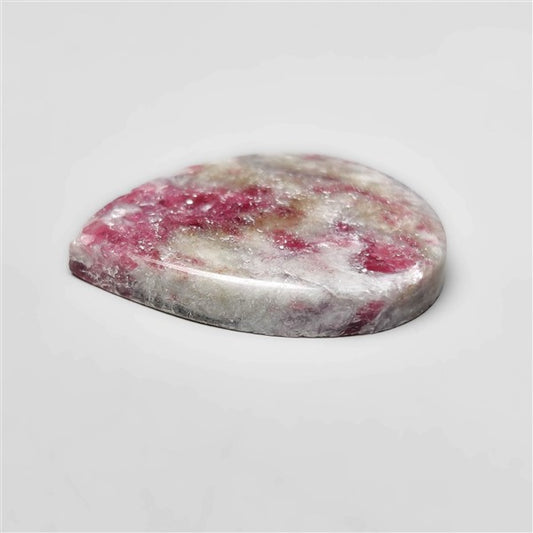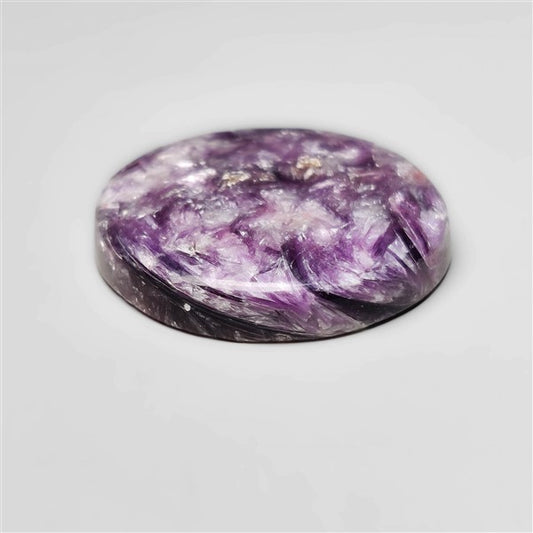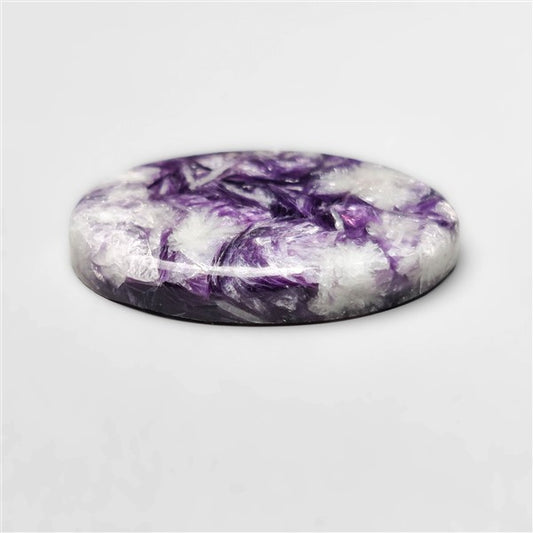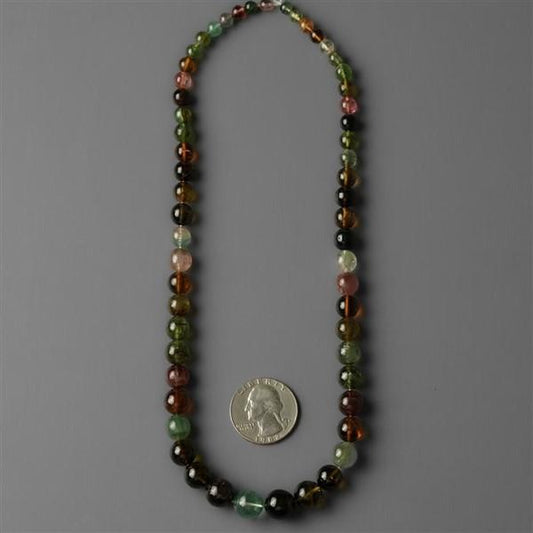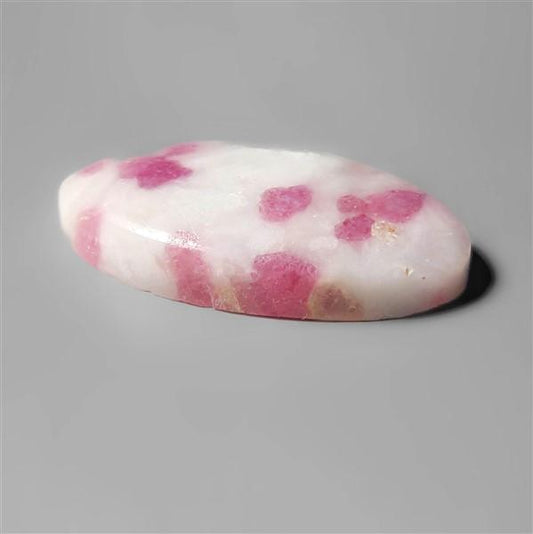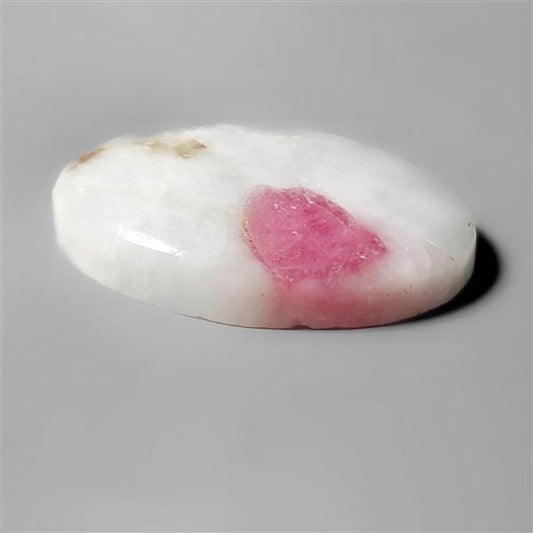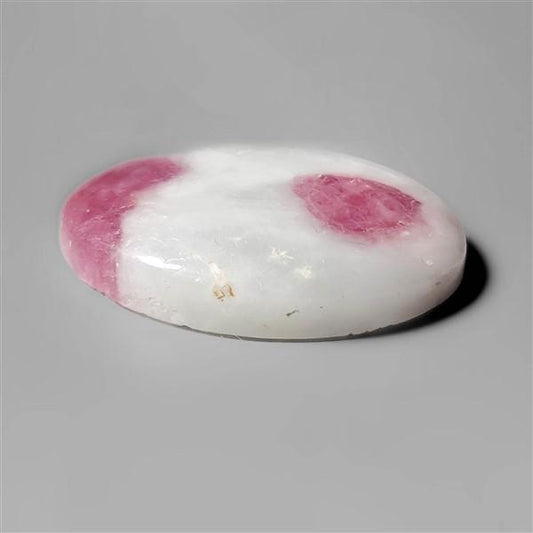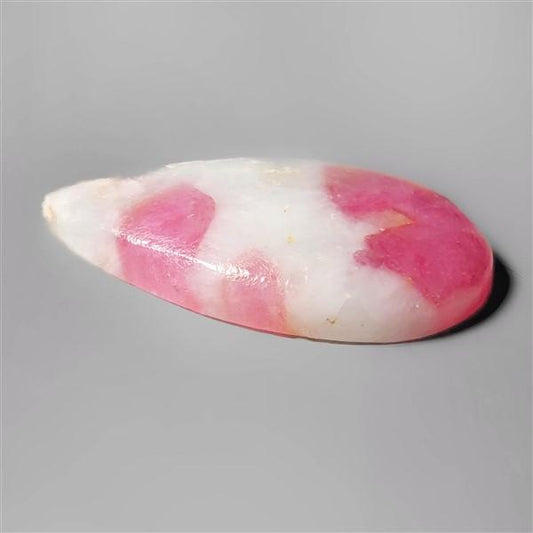Well known for its full range of colors, and the fascinating properties associated with them, Tourmaline is sometimes called the 'Rainbow Gemstone.' Here are some intriguing facts about this captivating stone:
Color Spectrum
- Tourmaline has more color variations than any other gemstone – from deep blacks and greens to very vivid pinks and bright neon blues. This incredible diversity arises due to variations in the chemical composition (trace element iron, manganese, and lithium).
Color-Zoned Crystals
- The same individual Tourmaline crystal may have different colors inside the same stone. Watermelon Tourmaline (rather nicknamed Tourmaline de Melon; melon means a watermelon pretty much where I'm from) looks like the color of the outside and matches the pink of the inside, like a watermelon.
Electric Properties
- When you put Tourmaline in your hand and squeeze it, it will create an electrical charge and do the same thing if you heat it. Tourmaline is piezoelectric (or pyroelectric). Due to this unique property, it finds use in several industrial applications such as electronics.
October Birthstone
- Tourmaline is one of the birthstones for October, symbolizing creativity and emotional balance. It is also a popular choice for celebrating 8th wedding anniversaries
Historic Significance
- It is no wonder that ancient Egyptians believed the Tourmaline gemstone was carried through a rainbow in its trip from the Earth’s core, explaining why the stone displays such a wide range of colors.
These days, collecting Tourmaline cabochons seems to be quite popular as the Tourmaline crystal has so many interesting features, from its electrical properties to its colorful appeal.
Tourmaline’s mythological significance varies across cultures, with some rare stories adding a unique dimension to its allure:
Rainbow Legend
- In ancient Egyptian mythology, Tourmaline’s rainbow variety of colors came from having traveled up a rainbow on its way out of the Earth’s surface. The hues were said to be sending a message from the heavens. Amethyst is also connected to Egyptians.
Sanskrit Connection
- Tourmaline is called Tura Mali in Sanskrit texts. 'Tur' means stone, and 'Mali' means stone of mixed colors having the qualities of balance of opposites supposed to be present in it. It was believed to join up male and female energies into harmony.
Shamanic Uses
- African and Native American Indigenous shamans have always considered Tourmaline a stone of protection, and it was used as part of rituals to banish evil spirits and purify negative energy.
Dutch East India Trade
- The arrival of Tourmaline gemstones in Europe in the 17th century was brought by Dutch traders mistaking the stones for emeralds. Because it was good at repelling and attracting ash while heated, it was nicknamed 'Ash Puller.'
Healing in Ancient China
- According to Chinese mythology, Tourmaline crystals would balance yin and yang energies. In particular, pink Tourmaline was considered to attract love and to adjust emotions.
These lesser-known stories of Tourmaline’s use bridge cultures, spirituality, and science.
Tourmaline’s versatility allows it to be fashioned into various shapes and cuts, each showcasing its unique beauty:
Faceted Cuts
- Faceted for the best brilliance, Tourmaline is often a stone. The natural color and clarity of the Tourmaline stone are enhanced by oval, cushion, and emerald cuts for jewelry.
Cabochons
- Tourmaline cabochons with inclusions, or where it is wired like a cat’s eye, are best suited to cabochon cuts, where they make a smooth, polished dome. These are used in pendants and rings.
Bicolor and Tricolor Cuts
- Watermelon Tourmaline gemstones are cut so their color zoning is shown, usually in slices or step cuts showing the gradient from green to pink.
Freeform Shapes
- Freeform or irregular cuts indicate the natural beauty of the Tourmaline crystal and are common in artisanal or bohemian jewelry work.
Beads and Carvings
- Tourmaline beads are used for necklaces and bracelets and carved into intricate shapes for decor purposes.
With its numerous cutting styles, Tourmaline stones may be used in fine jewelry or to create statement pieces.
The value of Tourmaline gemstones depends on several factors, making each stone unique in its appraisal:
Color
- Of the most vital factors determining the value of a Tourmaline stone, color tops the list. Prices tend to be highest for rare hues such as neon blue (Paraiba Tourmaline) or vivid pink (Rubellite). Stones with strong, uniform saturation are prized.
Clarity
- High-quality Tourmaline crystals are transparent without many inclusions. Although inclusions such as the cat’s eye effect may increase the value of a stone, heavily included stones are less desirable.
Cut
- When cut well, a Tourmaline gemstone will have more brilliance and color. Bicolor or tricolor stones, which have a gradient effect, require precision cutting to showcase that gradient.
Origin
- Tourmaline stones from places such as Brazil (Paraiba), Afghanistan, or Madagascar are especially highly prized.
Size
- Rarely will you find large-quality stones with rare colors at a small ticket price.
There’s an incredible variety and adaptability to the colors and shapes of Tourmaline crystals that make them desirable for collectors or those searching for jewelry.
Tourmaline gemstones are powerful in astrology, offering protective and healing energies to various zodiac signs:
Libra
- Libras are strongly drawn to Tourmaline stones, which bring balance into their life and relationships. In addition, they help maintain emotional stability.
Scorpio
- Tourmaline crystals help Scorpios with emotional healing, encourage self-discovery, and aid Scorpios in accepting change with courage. Another gemstone for emotional healing is Moonstone.
Capricorn
- Capricorns benefit especially from black Tourmaline stones, which ground and protect them from outside negative energies. They help focus on achieving goals.
Spiritual Benefits
- Tourmaline gemstones are linked to multiple chakras, due to their grounding (root chakra), emotional healing (heart chakra), and creativity-enhancing (throat chakra) properties.
Universal Appeal
- The 'stone of reconciliation,' Tourmaline also attunes us to understanding and compassion for all signs.
Tourmaline crystals are potent astrological tools, used for grounding, emotional healing, or spiritual alignment.







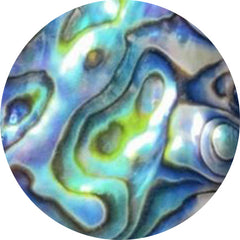 ABALONE SHELL (108)
ABALONE SHELL (108)
 ACTINOLITE (6)
ACTINOLITE (6)
 Affordable Gemstones (16928)
Affordable Gemstones (16928)
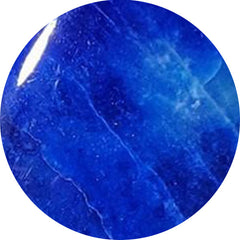 AFGHANITE (15)
AFGHANITE (15)
 AGATE (2525)
AGATE (2525)
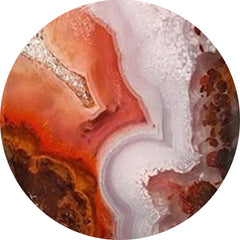 AGUA NUEVA (4)
AGUA NUEVA (4)
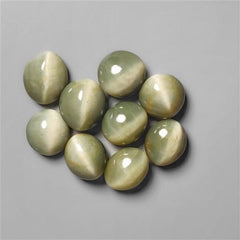 All Gemstones (6)
All Gemstones (6)
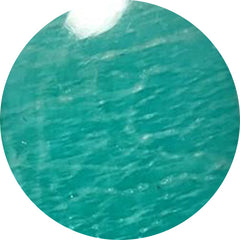 AMAZONITE (181)
AMAZONITE (181)
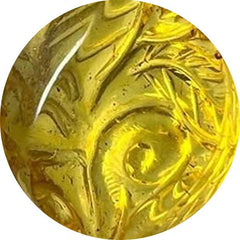 AMBER (156)
AMBER (156)
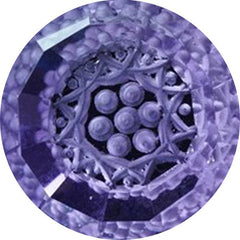 AMETHYST (526)
AMETHYST (526)
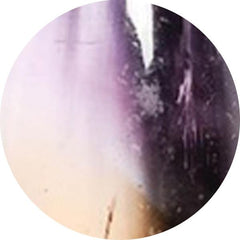 AMETRINE (1)
AMETRINE (1)
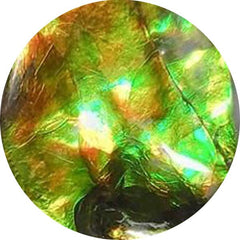 AMMOLITE (38)
AMMOLITE (38)
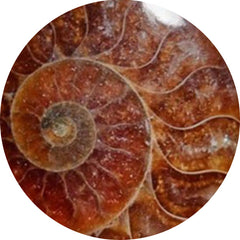 AMMONITE (91)
AMMONITE (91)
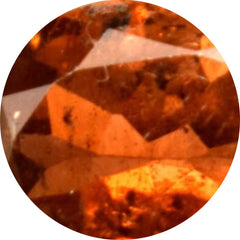 ANDALUSITE (2)
ANDALUSITE (2)
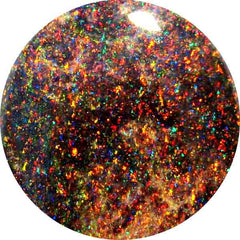 ANDAMOOKA OPAL (4)
ANDAMOOKA OPAL (4)
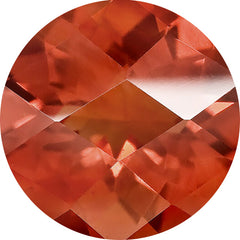 ANDESINE (1)
ANDESINE (1)
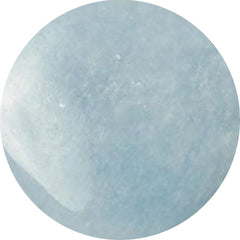 ANGELITE (31)
ANGELITE (31)
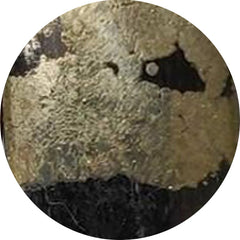 APACHE GOLD (28)
APACHE GOLD (28)
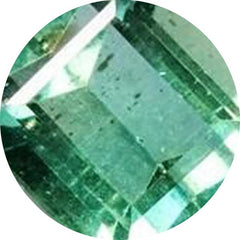 APATITE (149)
APATITE (149)
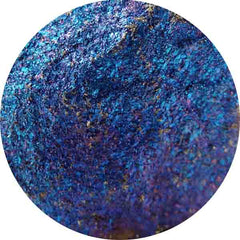 APOPHYLLITE (3)
APOPHYLLITE (3)
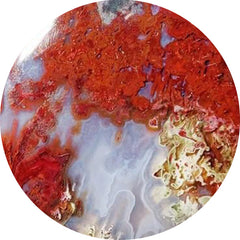 APPLE VALLEY AGATE (0)
APPLE VALLEY AGATE (0)
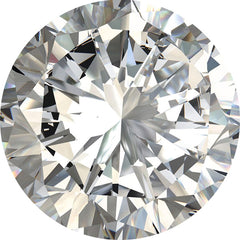 APRIL BIRTHSTONE (44)
APRIL BIRTHSTONE (44)
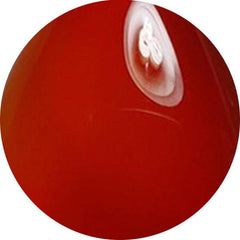 AQEEQ (0)
AQEEQ (0)
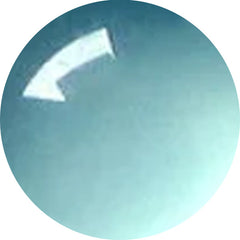 AQUA CHALCEDONY (17)
AQUA CHALCEDONY (17)
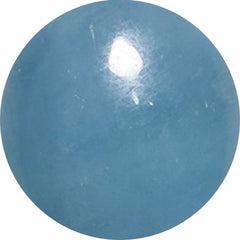 AQUAMARINE (72)
AQUAMARINE (72)
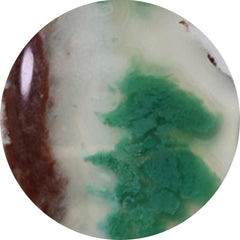 AQUAPRASE (53)
AQUAPRASE (53)
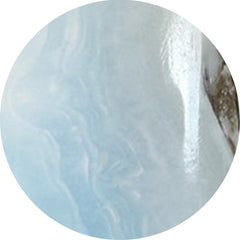 ARAGONITE (2)
ARAGONITE (2)
 ARFVEDSONITE (1)
ARFVEDSONITE (1)
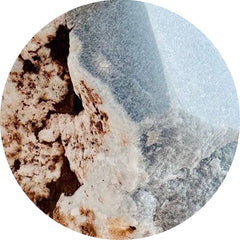 ARISTOLITE (0)
ARISTOLITE (0)
 ARIZONA TURQUOISE (1)
ARIZONA TURQUOISE (1)
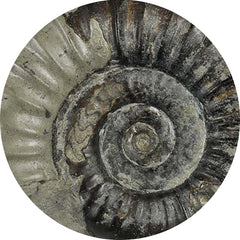 ARNIOCERAS SEMICOSTATUM FOSSIL (0)
ARNIOCERAS SEMICOSTATUM FOSSIL (0)
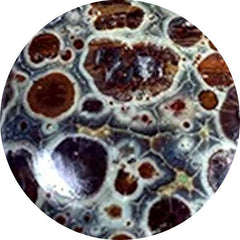 ASTEROID JASPER (11)
ASTEROID JASPER (11)
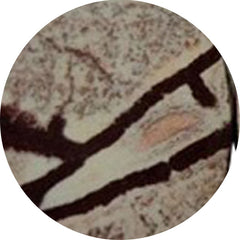 ASTROPHYLLITE (52)
ASTROPHYLLITE (52)
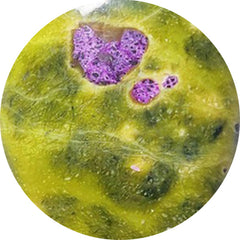 ATLANTASITE (96)
ATLANTASITE (96)
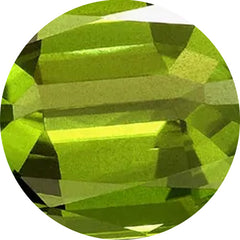 AUGUST BIRTHSTONE (35)
AUGUST BIRTHSTONE (35)
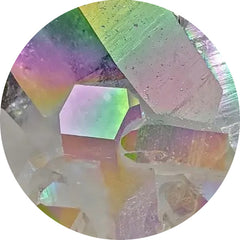 AURA QUARTZ (0)
AURA QUARTZ (0)
 AURORA OPAL (267)
AURORA OPAL (267)
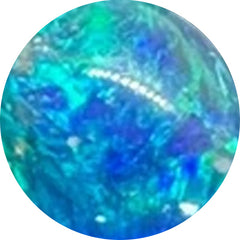 AUSTRALIAN OPAL (11)
AUSTRALIAN OPAL (11)
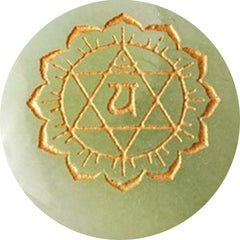 AVENTURINE (73)
AVENTURINE (73)
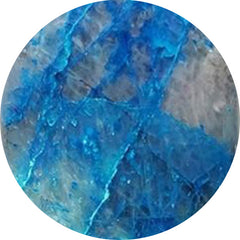 AZURITE (284)
AZURITE (284)
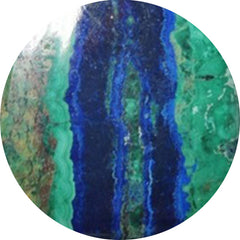 AZURITE MALACHITE (43)
AZURITE MALACHITE (43)
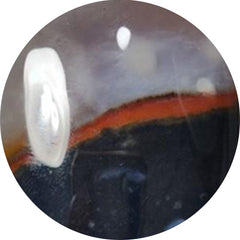 BANDED AGATE (60)
BANDED AGATE (60)
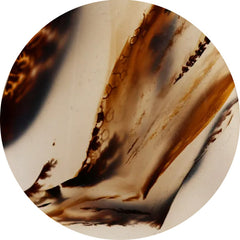 BARBER AGATE (0)
BARBER AGATE (0)
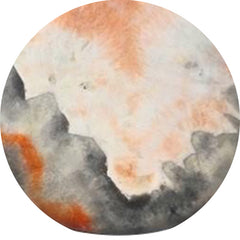 BARITE (12)
BARITE (12)
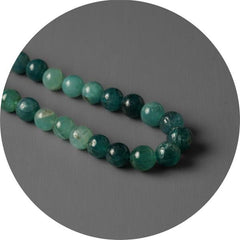 Beads (60)
Beads (60)
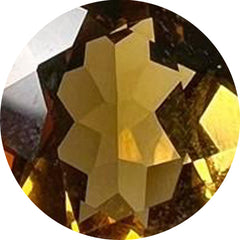 BEER QUARTZ (25)
BEER QUARTZ (25)
 BERBER AGATE (4)
BERBER AGATE (4)
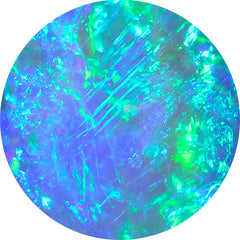 Best Seller (0)
Best Seller (0)
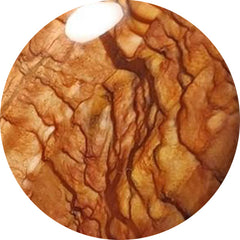 BIGGS JASPER (19)
BIGGS JASPER (19)
 Bird Carving (99)
Bird Carving (99)
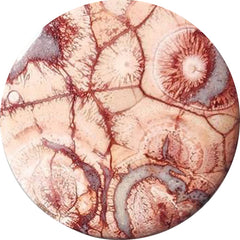 BIRD EYE JASPER (52)
BIRD EYE JASPER (52)
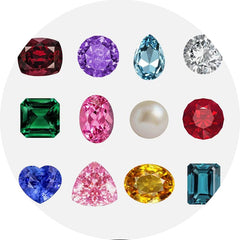 Birthstones (0)
Birthstones (0)
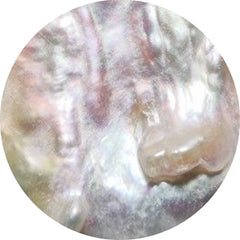 BIWA PEARL (39)
BIWA PEARL (39)
 Black Gemstones (798)
Black Gemstones (798)
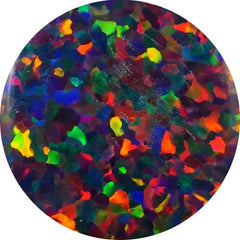 BLACK OPAL (57)
BLACK OPAL (57)
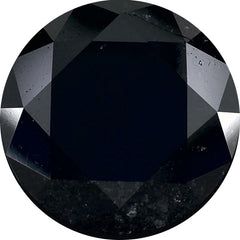 BLACK SPINEL (20)
BLACK SPINEL (20)
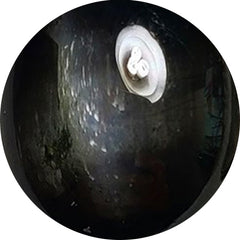 BLACK STAR (32)
BLACK STAR (32)
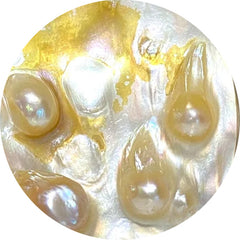 BLISTER PEARL (34)
BLISTER PEARL (34)
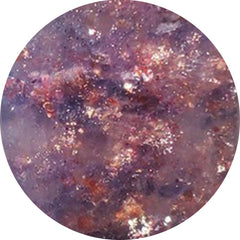 BLOODSHOT IOLITE (32)
BLOODSHOT IOLITE (32)
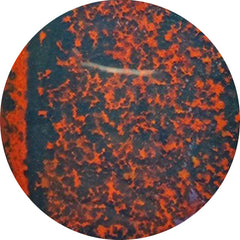 BLOODSTONE (83)
BLOODSTONE (83)
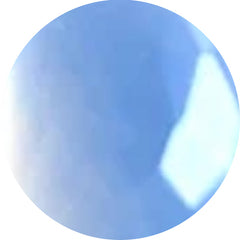 BLUE CHALCEDONY (26)
BLUE CHALCEDONY (26)
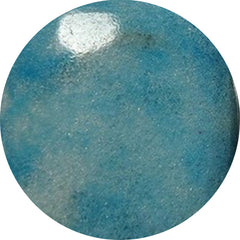 BLUE DIOPSIDE (0)
BLUE DIOPSIDE (0)
 Blue Gemstones (1281)
Blue Gemstones (1281)
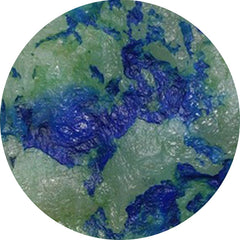 BLUE HORIZON (15)
BLUE HORIZON (15)
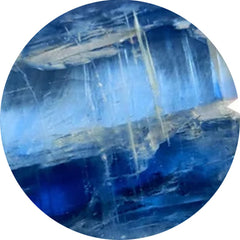 BLUE KYANITE (52)
BLUE KYANITE (52)
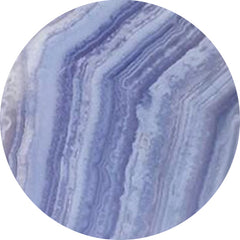 BLUE LACE AGATE (214)
BLUE LACE AGATE (214)
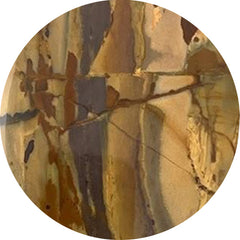 BLUE MOUNTAIN JASPER (0)
BLUE MOUNTAIN JASPER (0)
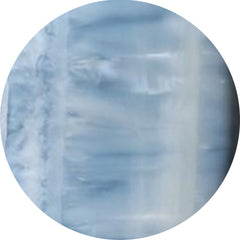 BLUE OPAL (197)
BLUE OPAL (197)
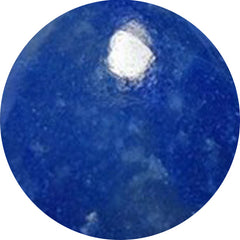 BLUE QUARTZ (27)
BLUE QUARTZ (27)
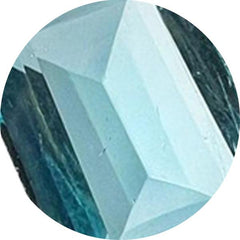 BLUE TOPAZ (84)
BLUE TOPAZ (84)
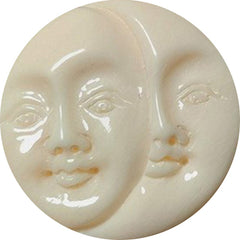 BONE (24)
BONE (24)
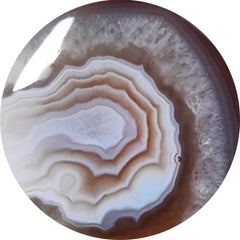 BOTSWANA AGATE (248)
BOTSWANA AGATE (248)
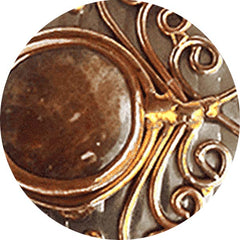 BRONZE (0)
BRONZE (0)
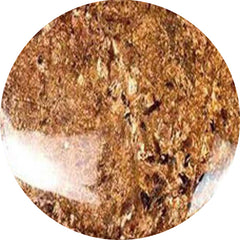 BRONZITE (3)
BRONZITE (3)
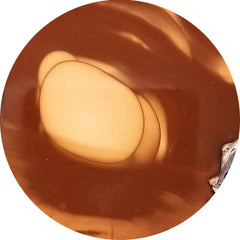 BRUNEAU JASPER (10)
BRUNEAU JASPER (10)
 BUMBLE BEE JASPER (199)
BUMBLE BEE JASPER (199)
 Buy Gemstones In USA (564)
Buy Gemstones In USA (564)
 Cabochon (0)
Cabochon (0)
 Cabochons (12925)
Cabochons (12925)
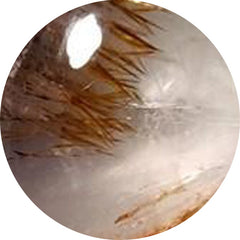 CACOXENITE (64)
CACOXENITE (64)
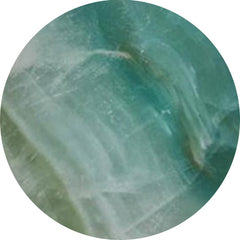 CALCITE (174)
CALCITE (174)
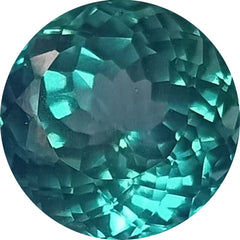 Calibrated (212)
Calibrated (212)
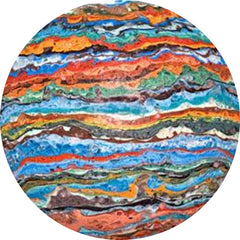 CALSILICA (0)
CALSILICA (0)
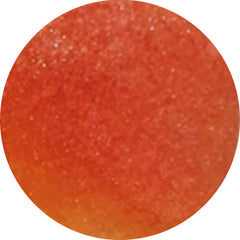 CANDY CORN (6)
CANDY CORN (6)
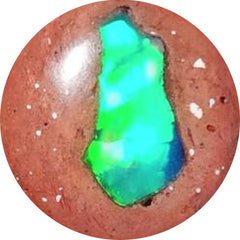 CANTERA OPAL (9)
CANTERA OPAL (9)
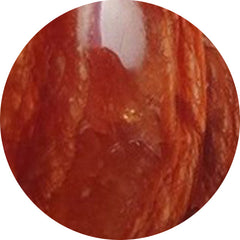 CARAMEL OPAL (2)
CARAMEL OPAL (2)
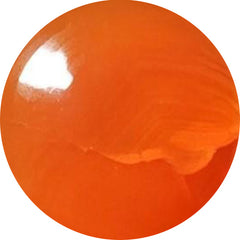 CARNELIAN AGATE (71)
CARNELIAN AGATE (71)
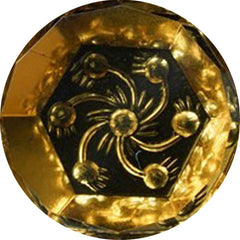 CARVING (1832)
CARVING (1832)
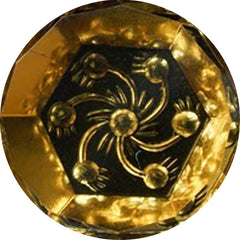 Carvings (2053)
Carvings (2053)
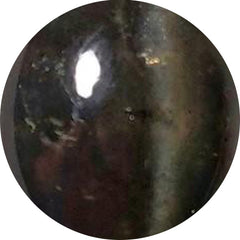 CATS EYE (61)
CATS EYE (61)
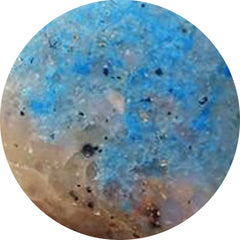 CAVANSITE (16)
CAVANSITE (16)
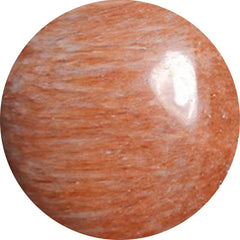 CELESTOBARITE (6)
CELESTOBARITE (6)
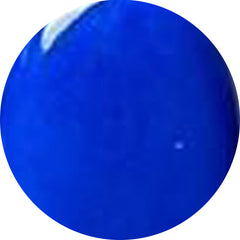 CERULEITE (0)
CERULEITE (0)
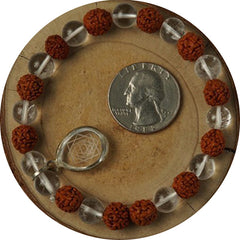 CHAKRA STONE (1)
CHAKRA STONE (1)
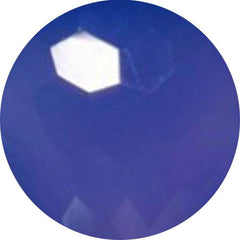 CHALCEDONY (398)
CHALCEDONY (398)
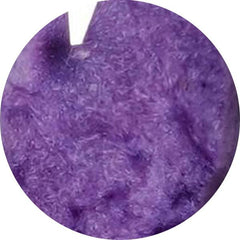 CHAROITE (167)
CHAROITE (167)
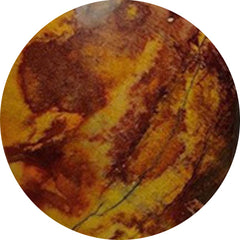 CHERRY CREEK JASPER (1)
CHERRY CREEK JASPER (1)
 CHIASTOLITE (18)
CHIASTOLITE (18)
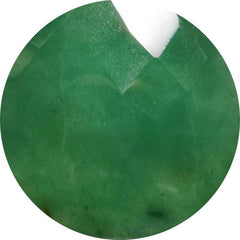 CHROME CHALCEDONY (79)
CHROME CHALCEDONY (79)
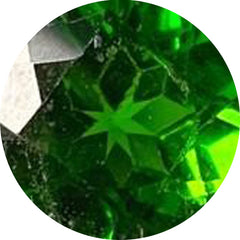 CHROME DIOPSIDE (22)
CHROME DIOPSIDE (22)
 CHRYSANTHEMUM FOSSIL (0)
CHRYSANTHEMUM FOSSIL (0)
 CHRYSOCOLLA (367)
CHRYSOCOLLA (367)
 Chrysocolla Malachite (74)
Chrysocolla Malachite (74)
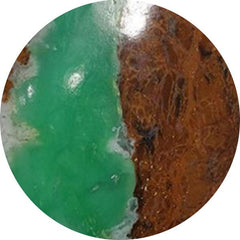 CHRYSOPRASE (274)
CHRYSOPRASE (274)
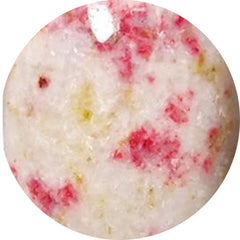 CINNABAR (16)
CINNABAR (16)
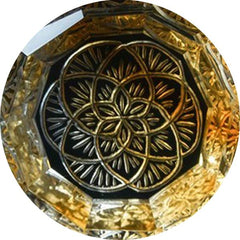 CITRINE (102)
CITRINE (102)
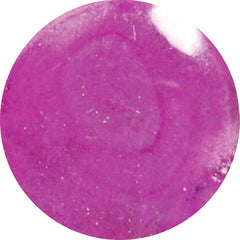 COBALTO CALCITE (56)
COBALTO CALCITE (56)
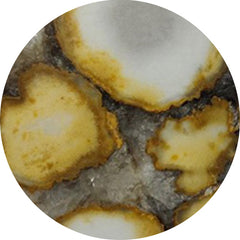 COBRA JASPER (32)
COBRA JASPER (32)
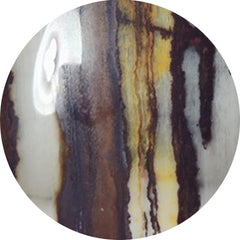 COCONUT JASPER (2)
COCONUT JASPER (2)
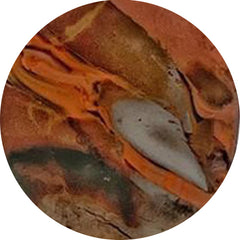 COFFEE BEAN JASPER (2)
COFFEE BEAN JASPER (2)
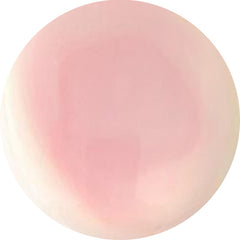 CONCH SHELL (12)
CONCH SHELL (12)
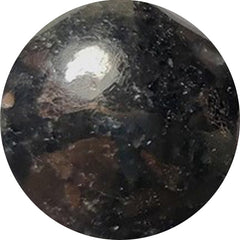 COPPERNITE (0)
COPPERNITE (0)
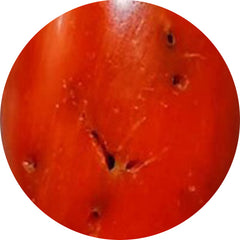 CORAL (334)
CORAL (334)
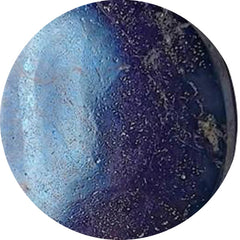 COVELLITE (13)
COVELLITE (13)
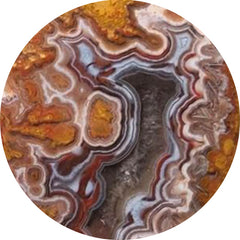 CRAZY LACE AGATE (192)
CRAZY LACE AGATE (192)
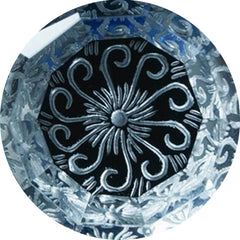 CRYSTAL (252)
CRYSTAL (252)
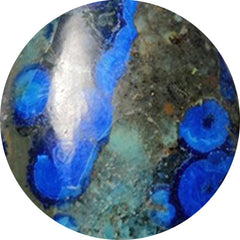 CUPRITE (22)
CUPRITE (22)
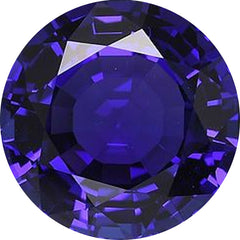 DECEMBER BIRTHSTONE (84)
DECEMBER BIRTHSTONE (84)
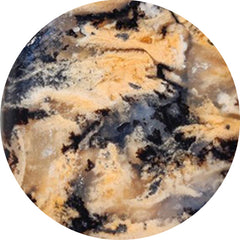 DENDRITIC AGATE (409)
DENDRITIC AGATE (409)
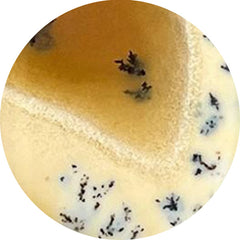 DENDRITIC OPAL (61)
DENDRITIC OPAL (61)
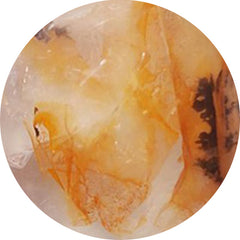 DENDRITIC QUARTZ (2)
DENDRITIC QUARTZ (2)
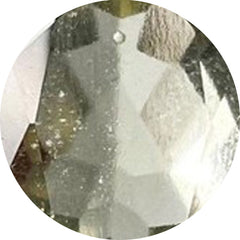 DESERT GLASS (8)
DESERT GLASS (8)
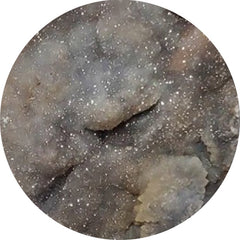 DESERT JASPER DRUZY (5)
DESERT JASPER DRUZY (5)
 DESERT SUNSET JASPER (6)
DESERT SUNSET JASPER (6)
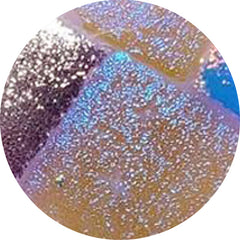 DICHROIC GLASS (143)
DICHROIC GLASS (143)
 DINOSAUR BONE FOSSIL (16)
DINOSAUR BONE FOSSIL (16)
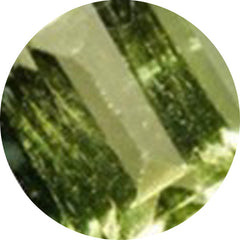 DIOPSIDE (55)
DIOPSIDE (55)
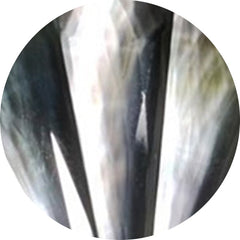 Doublets (756)
Doublets (756)
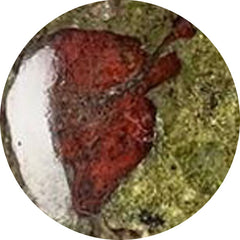 DRAGONBLOOD JASPER (4)
DRAGONBLOOD JASPER (4)
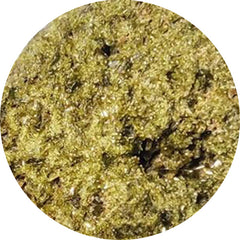 DRUZY (367)
DRUZY (367)
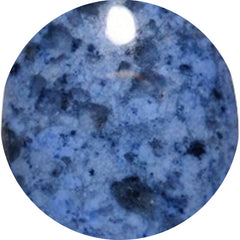 DUMORTIERITE (44)
DUMORTIERITE (44)
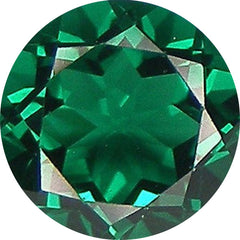 EMERALD (67)
EMERALD (67)
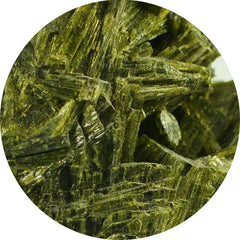 EPIDOTE (10)
EPIDOTE (10)
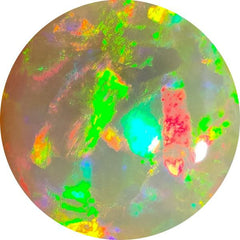 ETHIOPIAN OPAL (10)
ETHIOPIAN OPAL (10)
 EUDIALYTE (21)
EUDIALYTE (21)
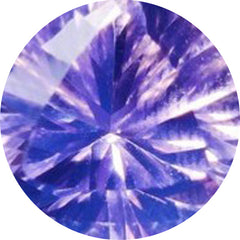 FACETED ROSE CUT (2039)
FACETED ROSE CUT (2039)
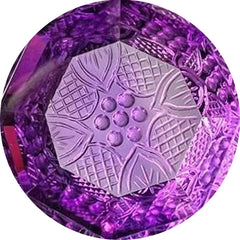 FANTASY CUTS (63)
FANTASY CUTS (63)
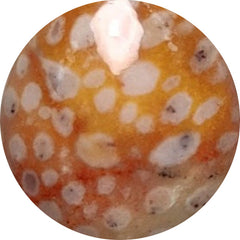 FAWN JASPER (18)
FAWN JASPER (18)
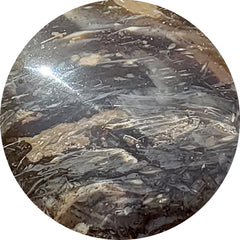 FEATHER AGATE (0)
FEATHER AGATE (0)
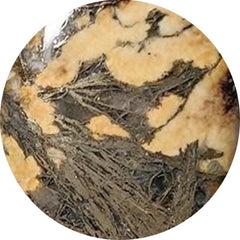 FEATHER PYRITE (42)
FEATHER PYRITE (42)
 FEBRUARY BIRTHSTONE (526)
FEBRUARY BIRTHSTONE (526)
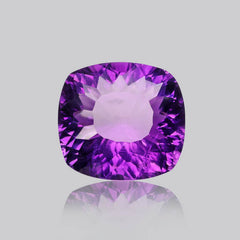 Fine Amethyst (33)
Fine Amethyst (33)
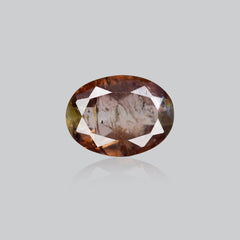 Fine Andalusite (2)
Fine Andalusite (2)
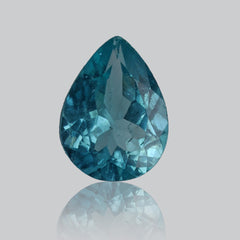 Fine Apatite (10)
Fine Apatite (10)
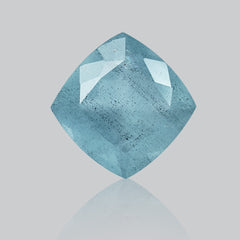 Fine Aquamarine (13)
Fine Aquamarine (13)
 Fine Blue Topaz (60)
Fine Blue Topaz (60)
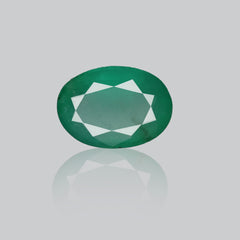 Fine Emerald (17)
Fine Emerald (17)
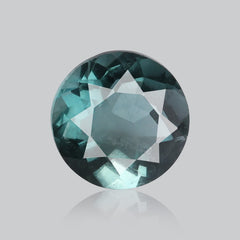 Fine Fluorite (13)
Fine Fluorite (13)
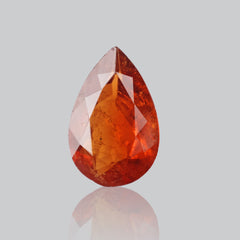 Fine Garnet (31)
Fine Garnet (31)
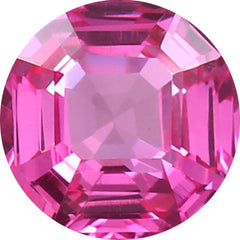 Fine Gemstone (0)
Fine Gemstone (0)
 Fine Iolite (14)
Fine Iolite (14)
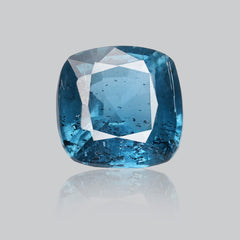 Fine Kyanite (41)
Fine Kyanite (41)
 Fine Moonstone (22)
Fine Moonstone (22)
 Fine Peridot (31)
Fine Peridot (31)
 Fine Prasiolite (34)
Fine Prasiolite (34)
 Fine Sapphire (9)
Fine Sapphire (9)
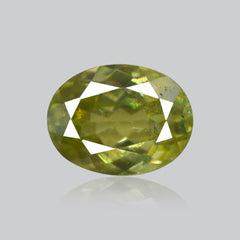 Fine Sphene (17)
Fine Sphene (17)
 Fine Sunstone (8)
Fine Sunstone (8)
 Fine Tanzanite (35)
Fine Tanzanite (35)
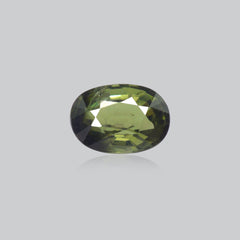 Fine Tourmaline (9)
Fine Tourmaline (9)
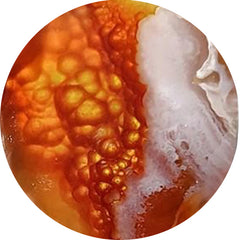 FIRE AGATE (3)
FIRE AGATE (3)
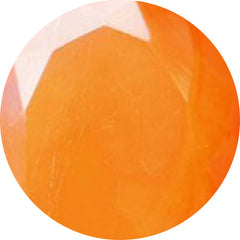 FIRE OPALS (8)
FIRE OPALS (8)
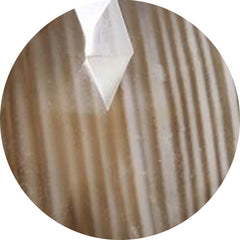 FLINT STONE (9)
FLINT STONE (9)
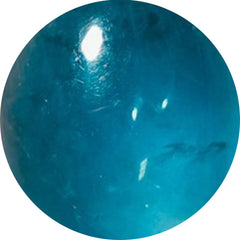 FLUORITE (188)
FLUORITE (188)
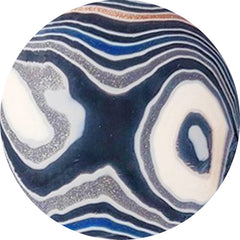 FORDITE (37)
FORDITE (37)
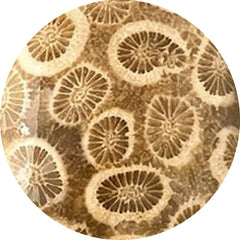 FOSSIL CORAL (297)
FOSSIL CORAL (297)
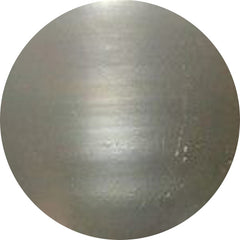 FOSSIL MARSTON MARBLE (4)
FOSSIL MARSTON MARBLE (4)
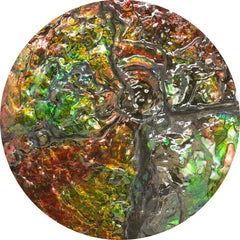 Fossils (514)
Fossils (514)
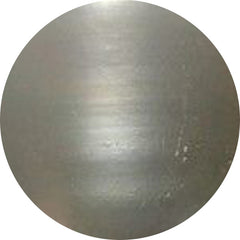 FRESHWATER PEARL (32)
FRESHWATER PEARL (32)
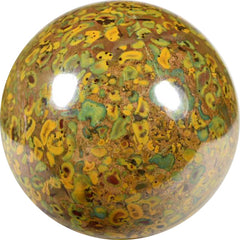 FRUIT JASPER (15)
FRUIT JASPER (15)
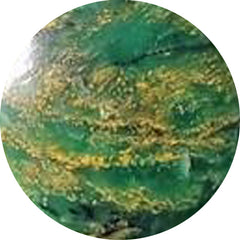 FUCHSITE (7)
FUCHSITE (7)
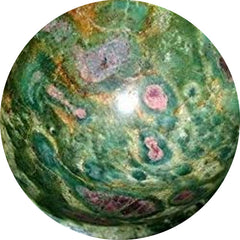 FUSCHITE (11)
FUSCHITE (11)
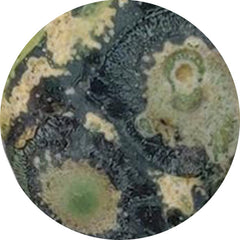 GALAXY JASPER (4)
GALAXY JASPER (4)
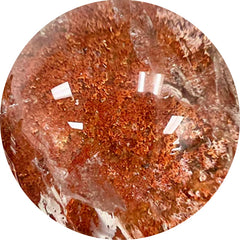 GARDEN QUARTZ (3)
GARDEN QUARTZ (3)
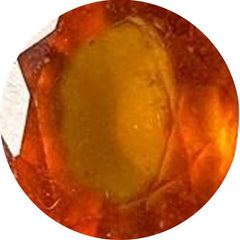 GARNET (116)
GARNET (116)
 GARNET IN LIMESTONE (30)
GARNET IN LIMESTONE (30)
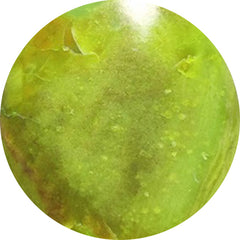 GASPEITE (24)
GASPEITE (24)
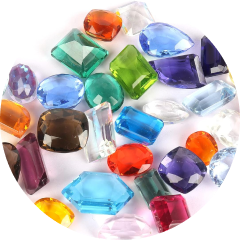 GEMSTONE LOTS (544)
GEMSTONE LOTS (544)
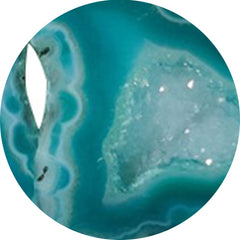 GEODE (26)
GEODE (26)
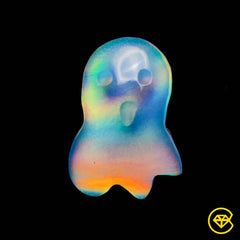 Ghost carving (16)
Ghost carving (16)
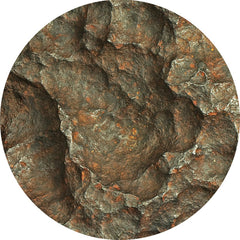 GIBEON METEORITE (0)
GIBEON METEORITE (0)
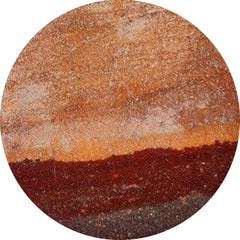 GILA MONSTER AGATE (16)
GILA MONSTER AGATE (16)
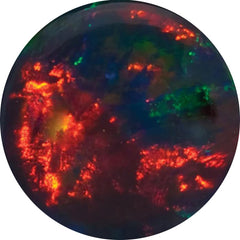 GILSON OPAL (29)
GILSON OPAL (29)
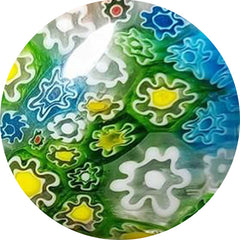 GLASS (160)
GLASS (160)
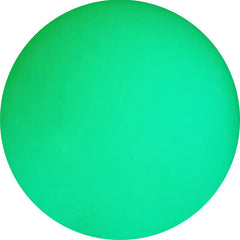 GLOW STONE (15)
GLOW STONE (15)
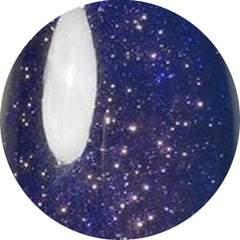 GOLDSTONE (30)
GOLDSTONE (30)
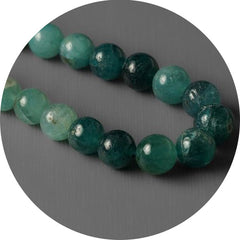 GRANDIDIERITE (11)
GRANDIDIERITE (11)
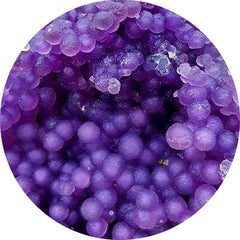 GRAPE AGATE (124)
GRAPE AGATE (124)
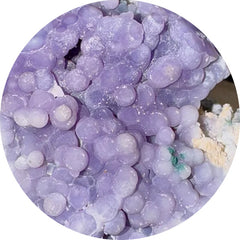 GRAPE CHALCEDONY (4)
GRAPE CHALCEDONY (4)
 Green Gemstones (415)
Green Gemstones (415)
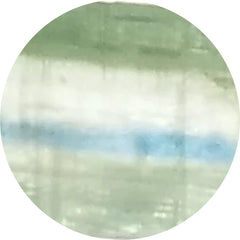 GREEN KYANITE (14)
GREEN KYANITE (14)
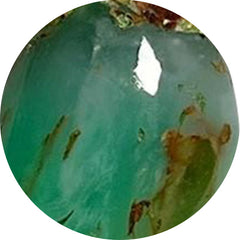 GREEN PRASE OPAL (16)
GREEN PRASE OPAL (16)
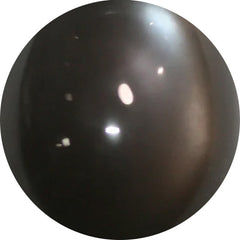 GREY MOONSTONE (35)
GREY MOONSTONE (35)
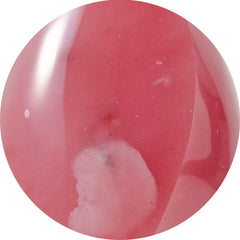 GUAVA QUARTZ (9)
GUAVA QUARTZ (9)
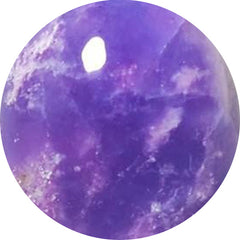 HACKMANITE (12)
HACKMANITE (12)
 HEART CARVING (387)
HEART CARVING (387)
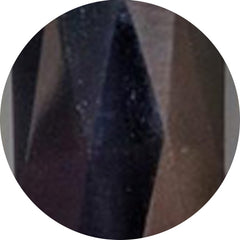 HEMATITE (25)
HEMATITE (25)
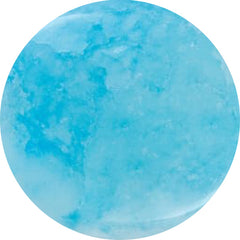 HEMIMORPHITE (57)
HEMIMORPHITE (57)
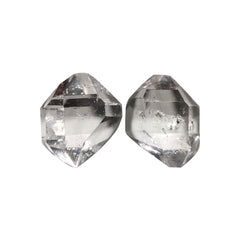 Herkimer Diamond (44)
Herkimer Diamond (44)
 Himalayan Quartz (436)
Himalayan Quartz (436)
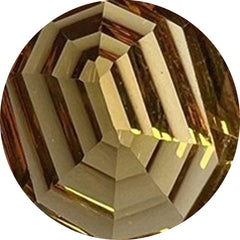 HONEY QUARTZ (22)
HONEY QUARTZ (22)
 HOWARDITE OPAL (5)
HOWARDITE OPAL (5)
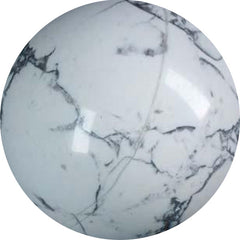 HOWLITE (5)
HOWLITE (5)
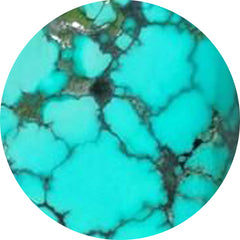 HUBEI TURQUOISE (126)
HUBEI TURQUOISE (126)
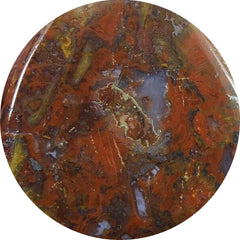 HUNGARIAN AGATE (1)
HUNGARIAN AGATE (1)
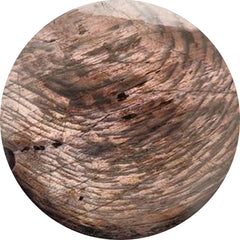 HYPERSTHENE (44)
HYPERSTHENE (44)
 ICE QUARTZ (0)
ICE QUARTZ (0)
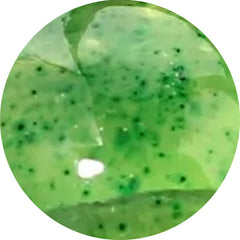 IDOCRASE (0)
IDOCRASE (0)
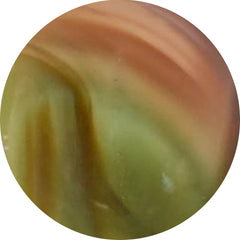 IMPERIAL JASPER (78)
IMPERIAL JASPER (78)
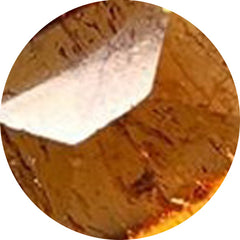 IMPERIAL TOPAZ (1)
IMPERIAL TOPAZ (1)
 INDIAN PAINT STONE (6)
INDIAN PAINT STONE (6)
 IOLITE (109)
IOLITE (109)
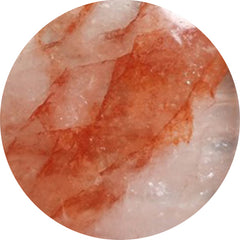 IRON QUARTZ (21)
IRON QUARTZ (21)
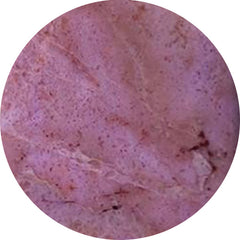 JADE (39)
JADE (39)
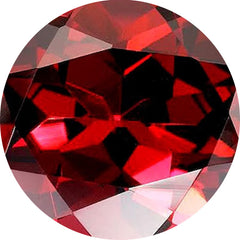 JANUARY BIRTHSTONE (116)
JANUARY BIRTHSTONE (116)
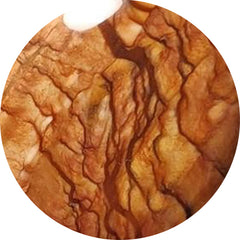 JASPERS (36)
JASPERS (36)
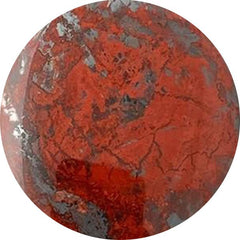 JASPILLITE (8)
JASPILLITE (8)
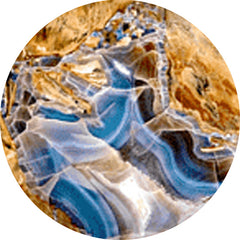 JAVA CHALCEDONY (11)
JAVA CHALCEDONY (11)
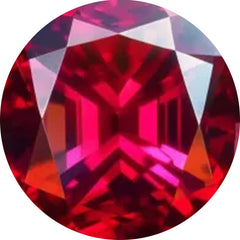 JULY BIRTHSTONE (223)
JULY BIRTHSTONE (223)
 June Birthstones: Moonstone, Pearl, and Alexandrite (562)
June Birthstones: Moonstone, Pearl, and Alexandrite (562)
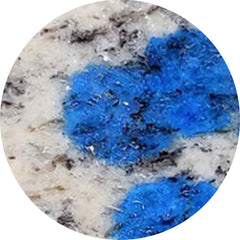 K2 JASPER (9)
K2 JASPER (9)
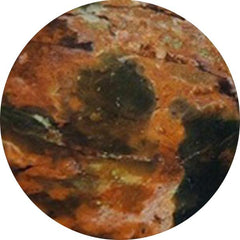 KALEIDOSCOPE AGATE (0)
KALEIDOSCOPE AGATE (0)
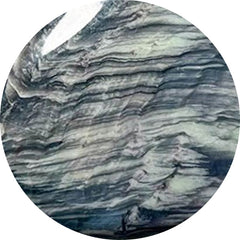 KAMMERERITE (99)
KAMMERERITE (99)
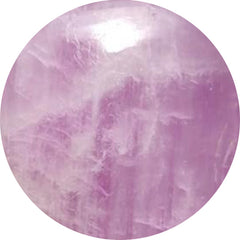 KUNZITE (11)
KUNZITE (11)
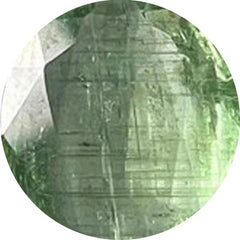 KYANITE (137)
KYANITE (137)
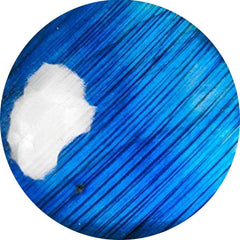 LABRADORITE (301)
LABRADORITE (301)
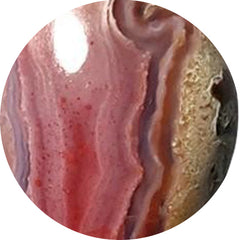 LAGUNA LACE AGATE (58)
LAGUNA LACE AGATE (58)
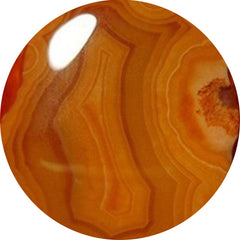 LAKE SUPERIOR AGATE (34)
LAKE SUPERIOR AGATE (34)
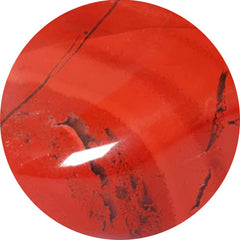 LANDSCAPE JASPER (0)
LANDSCAPE JASPER (0)
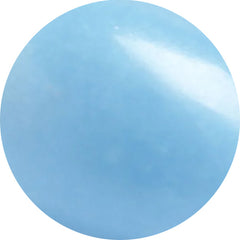 LANGITE (0)
LANGITE (0)
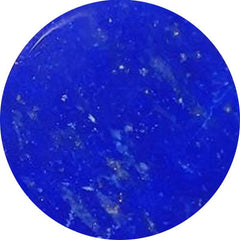 LAPIS LAZULI (174)
LAPIS LAZULI (174)
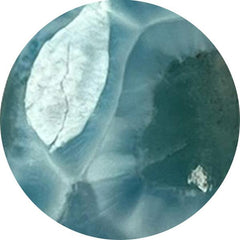 LARIMAR (129)
LARIMAR (129)
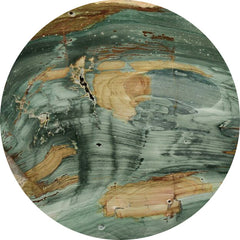 LARSONITE (17)
LARSONITE (17)
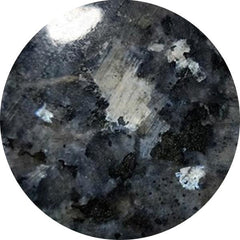 LARVIKITE FELDSPAR (40)
LARVIKITE FELDSPAR (40)
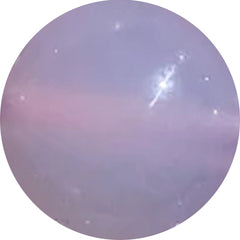 LAVENDER CHALCEDONY (26)
LAVENDER CHALCEDONY (26)
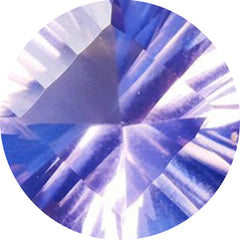 LAVENDER QUARTZ (5)
LAVENDER QUARTZ (5)
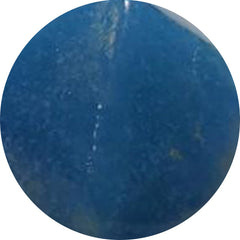 LAZULITE (8)
LAZULITE (8)
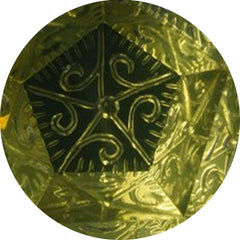 LEMON QUARTZ (40)
LEMON QUARTZ (40)
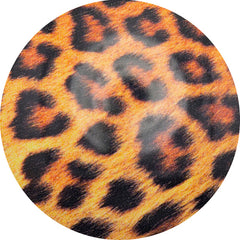 LEOPARD SKIN SHELL (0)
LEOPARD SKIN SHELL (0)
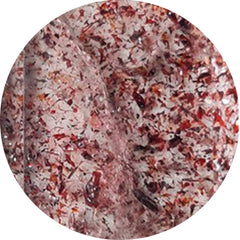 LEPIDOCROCITE (6)
LEPIDOCROCITE (6)
 LEPIDOLITE (44)
LEPIDOLITE (44)
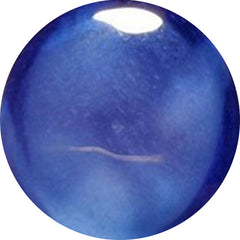 LINDY STAR SAPPHIRE (0)
LINDY STAR SAPPHIRE (0)
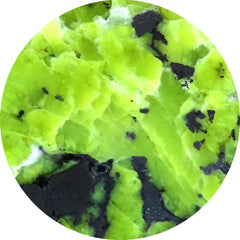 LIZARDITE (50)
LIZARDITE (50)
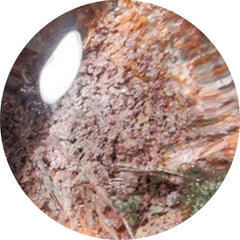 LODOLITE (105)
LODOLITE (105)
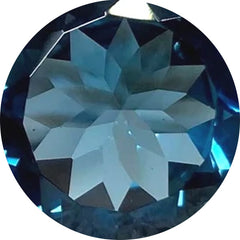 LONDON BLUE TOPAZ (34)
LONDON BLUE TOPAZ (34)
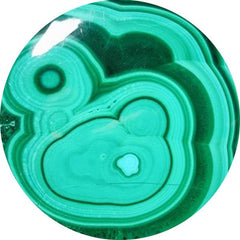 MALACHITE (618)
MALACHITE (618)
 Malawi Moonstone (5)
Malawi Moonstone (5)
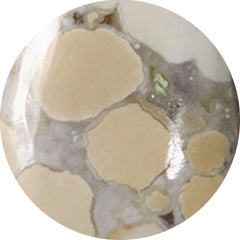 MALIGANO JASPER (45)
MALIGANO JASPER (45)
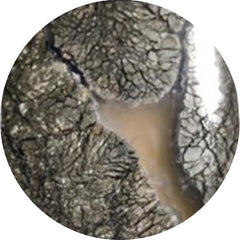 MARCASITE (13)
MARCASITE (13)
 MARCH BIRTHSTONE (72)
MARCH BIRTHSTONE (72)
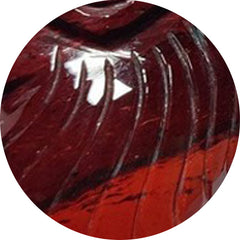 MARY ELLEN JASPER (0)
MARY ELLEN JASPER (0)
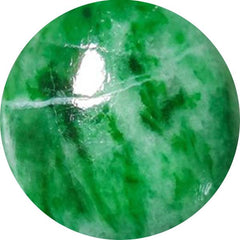 MAW SIT SIT (26)
MAW SIT SIT (26)
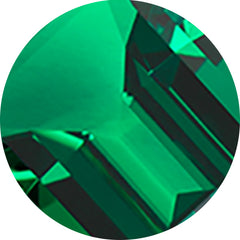 MAY BIRTHSTONE (67)
MAY BIRTHSTONE (67)
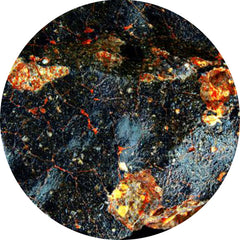 METEORITE (3)
METEORITE (3)
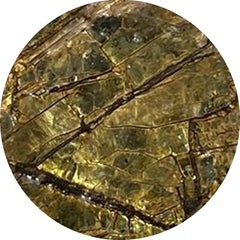 MICA (16)
MICA (16)
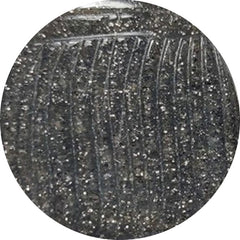 MIDNIGHT QUARTZITE (21)
MIDNIGHT QUARTZITE (21)
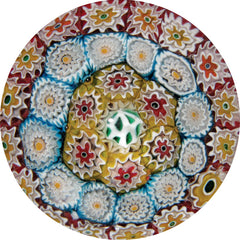 MILLEFIORI GLASS (2)
MILLEFIORI GLASS (2)
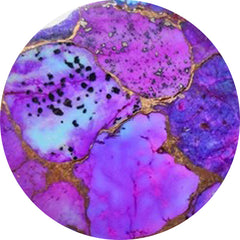 MOHAVE TURQUOISE (153)
MOHAVE TURQUOISE (153)
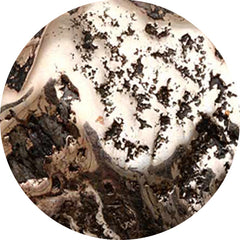 MOHAWKITES (0)
MOHAWKITES (0)
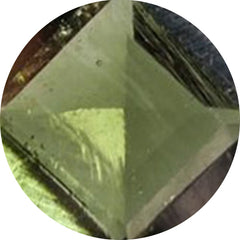 MOLDAVITE (0)
MOLDAVITE (0)
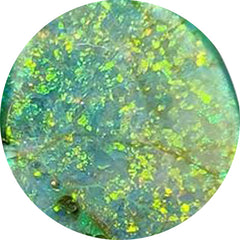 MONARCH OPAL (23)
MONARCH OPAL (23)
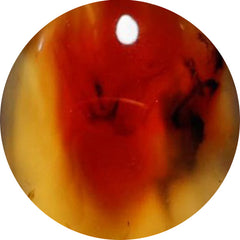 MONTANA AGATE (91)
MONTANA AGATE (91)
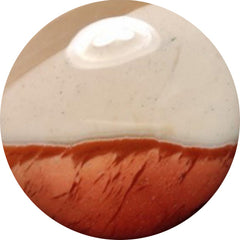 MOOKAITE (37)
MOOKAITE (37)
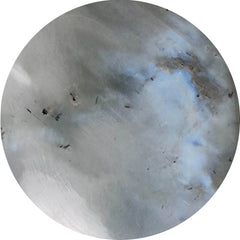 MOONSTONE (255)
MOONSTONE (255)
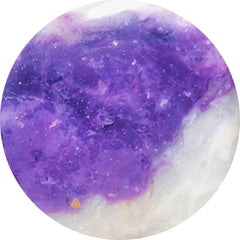 MORADO OPAL (1)
MORADO OPAL (1)
 Morenci Turquoise (0)
Morenci Turquoise (0)
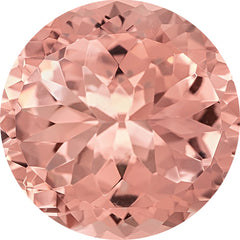 MORGANITE (0)
MORGANITE (0)
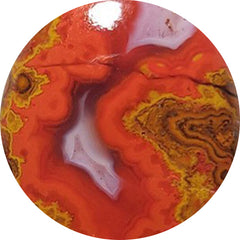 MOROCCAN SEAM AGATE (125)
MOROCCAN SEAM AGATE (125)
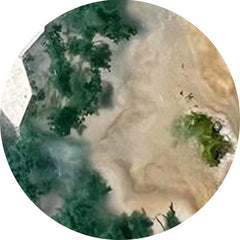 MOSS AGATE (429)
MOSS AGATE (429)
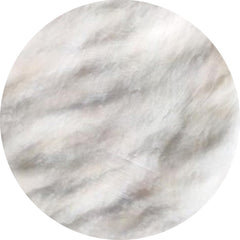 MOTHER OF PEARL (425)
MOTHER OF PEARL (425)
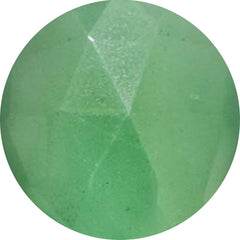 MTOROLITE (36)
MTOROLITE (36)
 Mughal Carving (555)
Mughal Carving (555)
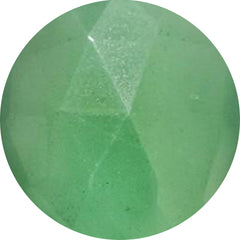 MUSCOVITE (22)
MUSCOVITE (22)
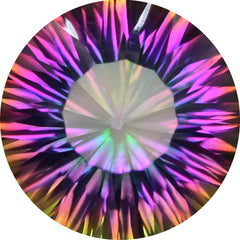 MYSTIC QUARTZ (1)
MYSTIC QUARTZ (1)
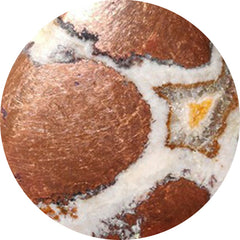 NATIVE COPPER (38)
NATIVE COPPER (38)
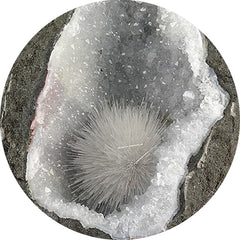 NATROLITE (11)
NATROLITE (11)
 NELLITE (5)
NELLITE (5)
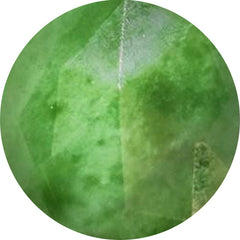 NEPHRITE JADE (5)
NEPHRITE JADE (5)
 New Arrivals (401)
New Arrivals (401)
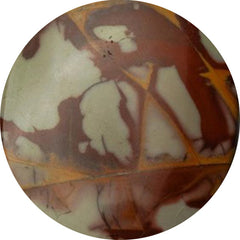 NOREENA JASPER (42)
NOREENA JASPER (42)
 NOVEMBER BIRTHSTONE (100)
NOVEMBER BIRTHSTONE (100)
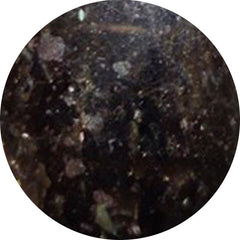 NUUMMITE (0)
NUUMMITE (0)
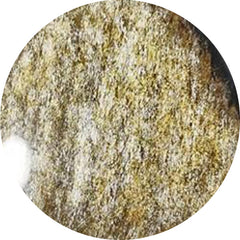 OBSIDIAN (373)
OBSIDIAN (373)
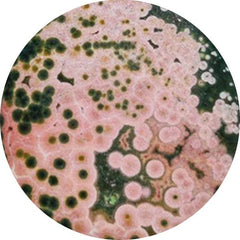 OCEAN JASPER (239)
OCEAN JASPER (239)
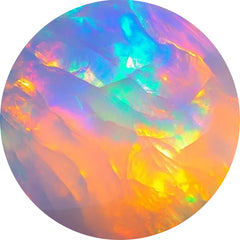 OCTOBER BIRTHSTONE (165)
OCTOBER BIRTHSTONE (165)
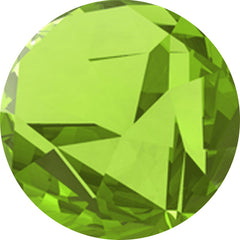 OLIVE QUARTZ (6)
OLIVE QUARTZ (6)
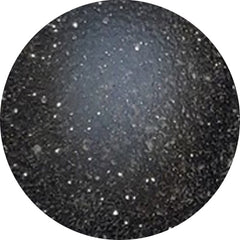 ONYX (251)
ONYX (251)
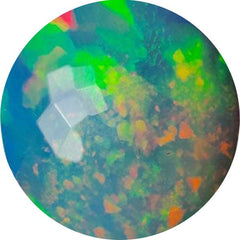 Opal (1084)
Opal (1084)
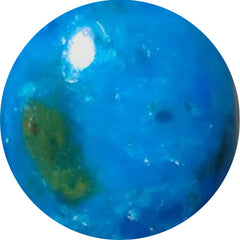 OPALINA (12)
OPALINA (12)
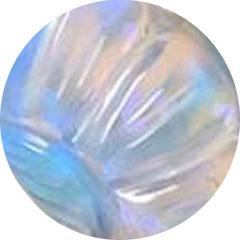 OPALITE (18)
OPALITE (18)
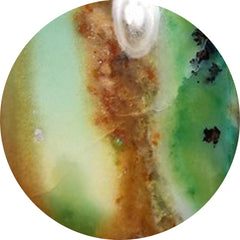 OPALWOOD (6)
OPALWOOD (6)
 Orange Gemstones (304)
Orange Gemstones (304)
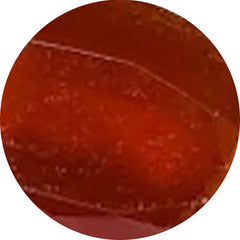 ORANGE KYANITE (5)
ORANGE KYANITE (5)
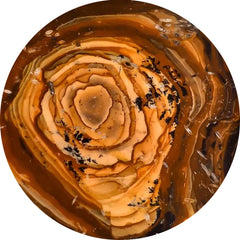 OREGON JASPER (8)
OREGON JASPER (8)
 ORTHOCERAS FOSSIL (47)
ORTHOCERAS FOSSIL (47)
 Out of stock products (3)
Out of stock products (3)
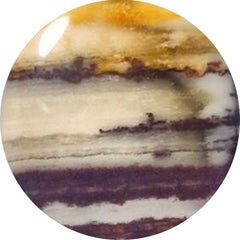 OUTBACK JASPER (6)
OUTBACK JASPER (6)
 OVER $50 (210)
OVER $50 (210)
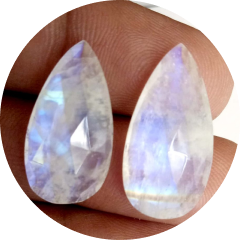 Pairs (1224)
Pairs (1224)
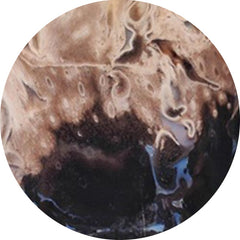 PALMROOT AGATE (70)
PALMROOT AGATE (70)
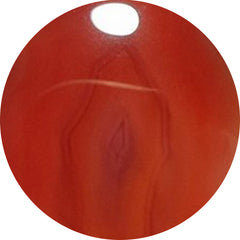 PASSION AGATE (2)
PASSION AGATE (2)
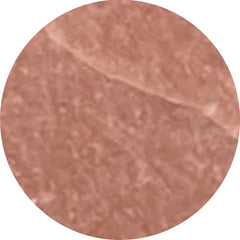 PEACH MOONSTONE (47)
PEACH MOONSTONE (47)
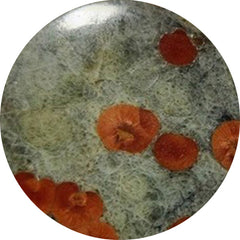 PEANUT OBSIDIAN (48)
PEANUT OBSIDIAN (48)
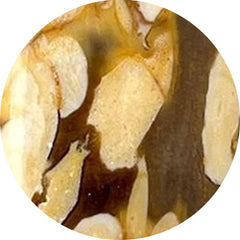 PEANUT WOOD JASPER (94)
PEANUT WOOD JASPER (94)
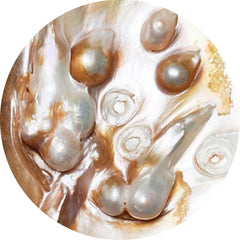 PEARL (562)
PEARL (562)
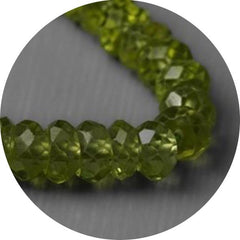 PERIDOT (35)
PERIDOT (35)
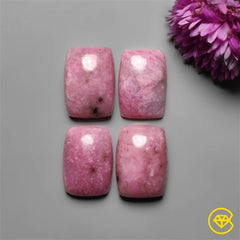 PETALITE (25)
PETALITE (25)
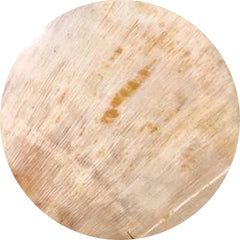 PETRIFIED WOOD (38)
PETRIFIED WOOD (38)
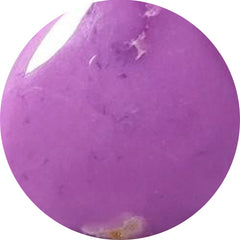 PHOSPHOSIDERITE (104)
PHOSPHOSIDERITE (104)
 PICASSO JASPER (68)
PICASSO JASPER (68)
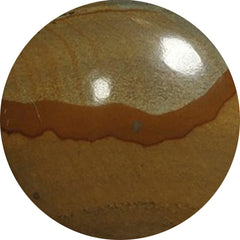 PICTURE JASPER (68)
PICTURE JASPER (68)
 PIETERSITE (72)
PIETERSITE (72)
 Pink Gemstones (439)
Pink Gemstones (439)
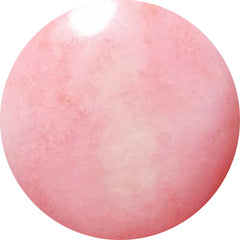 PINK OPAL (159)
PINK OPAL (159)
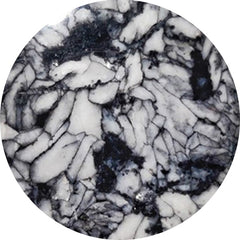 PINOLITH (34)
PINOLITH (34)
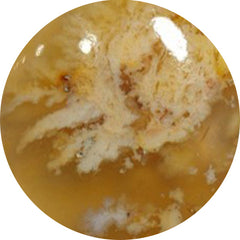 PLUME AGATE (78)
PLUME AGATE (78)
 POLKA DOT AGATE (42)
POLKA DOT AGATE (42)
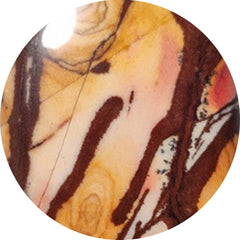 POLYCHROME JASPER (58)
POLYCHROME JASPER (58)
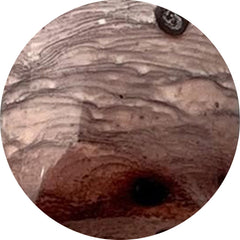 PORCELAIN JASPER (29)
PORCELAIN JASPER (29)
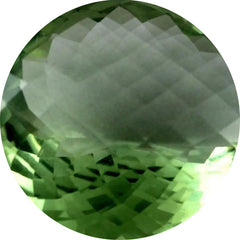 PRASIOLITE (57)
PRASIOLITE (57)
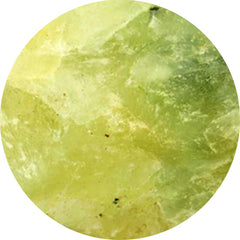 PREHNITE (24)
PREHNITE (24)
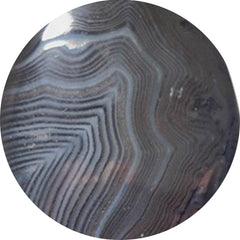 PSILOMELANE (24)
PSILOMELANE (24)
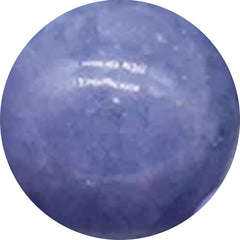 PURPLE CHALCEDONY (44)
PURPLE CHALCEDONY (44)
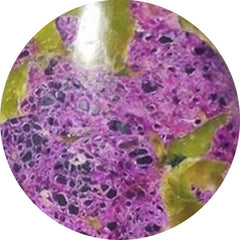 PURPURITE (11)
PURPURITE (11)
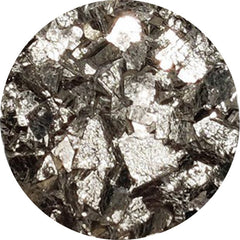 PYRITE (135)
PYRITE (135)
 QUARTZ (62)
QUARTZ (62)
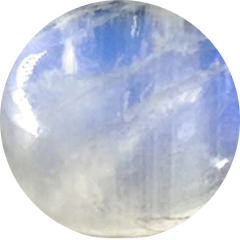 Rain Moonstones (0)
Rain Moonstones (0)
 RAINBOW CALCILICA (17)
RAINBOW CALCILICA (17)
 RAINBOW MOONSTONE (88)
RAINBOW MOONSTONE (88)
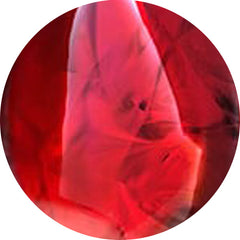 RED FOSSIL (0)
RED FOSSIL (0)
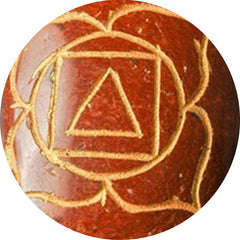 RED JASPER (3)
RED JASPER (3)
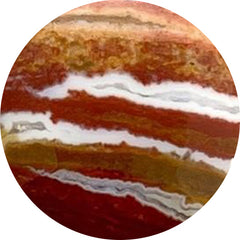 RED RIVER JASPER (18)
RED RIVER JASPER (18)
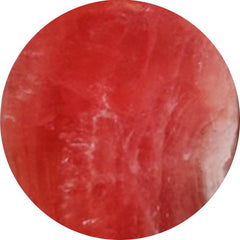 RHODOCHROSITE (349)
RHODOCHROSITE (349)
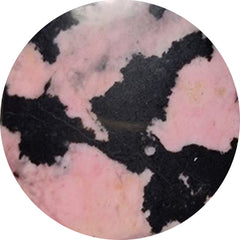 RHODONITE (83)
RHODONITE (83)
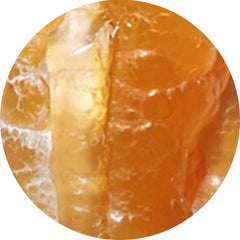 ROCK CHALCEDONY (2)
ROCK CHALCEDONY (2)
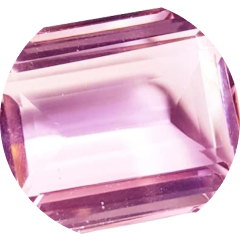 Rose Cut Gemstones (760)
Rose Cut Gemstones (760)
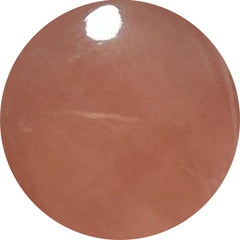 ROSE QUARTZ (69)
ROSE QUARTZ (69)
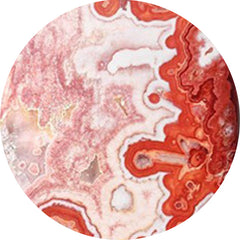 ROSITA JASPER (18)
ROSITA JASPER (18)
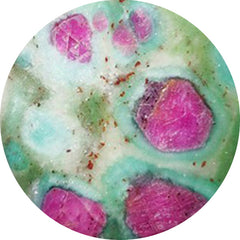 RUBY IN FUCHSITE (6)
RUBY IN FUCHSITE (6)
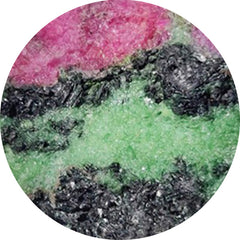 RUBY IN ZOISITE (107)
RUBY IN ZOISITE (107)
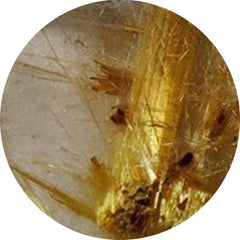 RUTILATED QUARTZ (210)
RUTILATED QUARTZ (210)
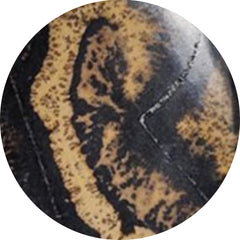 SAGE BRUSH JASPER (0)
SAGE BRUSH JASPER (0)
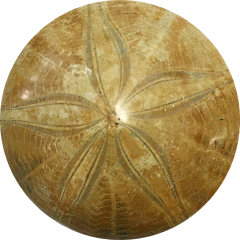 SAND DOLLAR FOSSIL (0)
SAND DOLLAR FOSSIL (0)
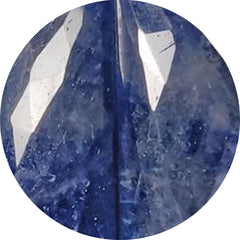 SAPPHIRE (48)
SAPPHIRE (48)
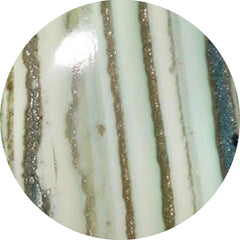 SATURN CHALCEDONY (66)
SATURN CHALCEDONY (66)
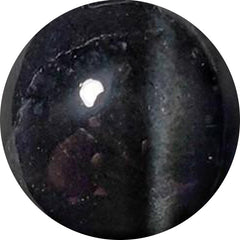 SCAPOLITE (14)
SCAPOLITE (14)
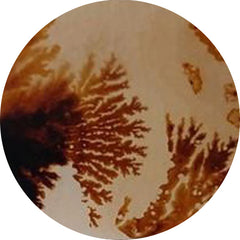 SCENIC AGATE (73)
SCENIC AGATE (73)
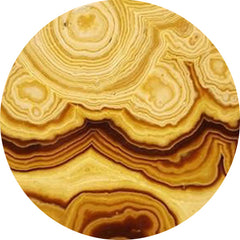 SCHALENBLENDE (98)
SCHALENBLENDE (98)
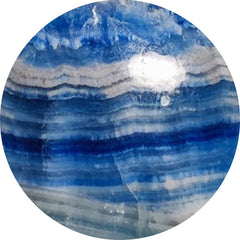 SCHEELITE (41)
SCHEELITE (41)
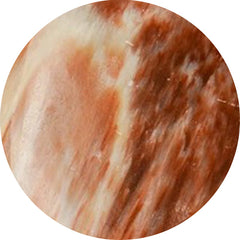 SCOLECITE (52)
SCOLECITE (52)
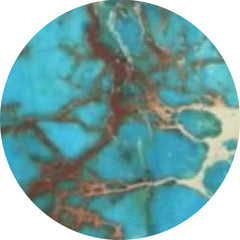 SEA SEDIMENT JASPER (7)
SEA SEDIMENT JASPER (7)
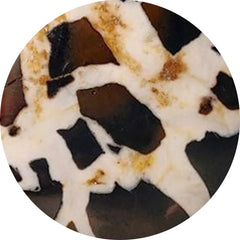 SEPTARIAN (85)
SEPTARIAN (85)
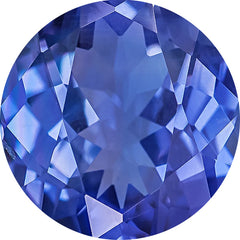 SEPTEMBER BIRTHSTONE (178)
SEPTEMBER BIRTHSTONE (178)
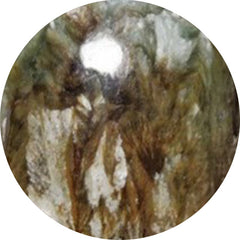 SERAPHINITE (64)
SERAPHINITE (64)
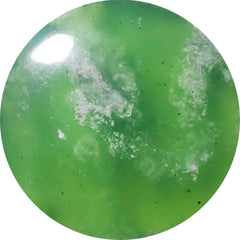 SERPENTINE (182)
SERPENTINE (182)
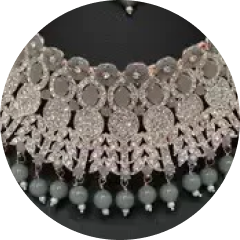 SETS (0)
SETS (0)
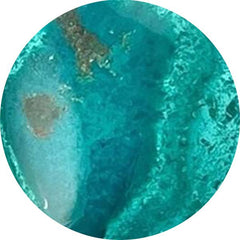 SHATTUCKITE (291)
SHATTUCKITE (291)
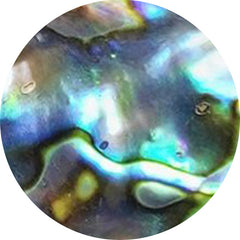 SHELL (264)
SHELL (264)
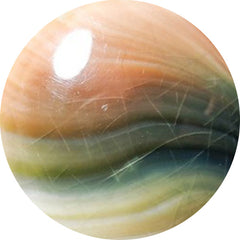 SHIVA EYE SHELL (50)
SHIVA EYE SHELL (50)
 SHUNGITE (5)
SHUNGITE (5)
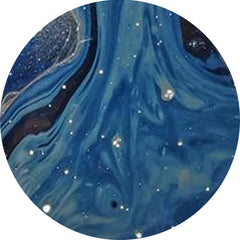 SIEBER AGATE (2)
SIEBER AGATE (2)
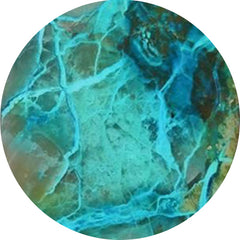 SILICA (6)
SILICA (6)
 Silver Leaf Jasper (16)
Silver Leaf Jasper (16)
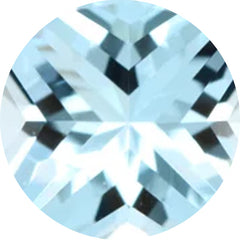 SKY BLUE TOPAZ (7)
SKY BLUE TOPAZ (7)
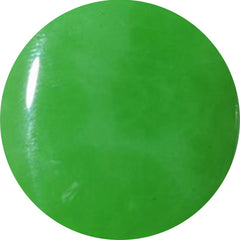 SMITHSONITE (44)
SMITHSONITE (44)
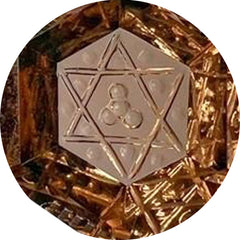 SMOKY QUARTZ (28)
SMOKY QUARTZ (28)
 SNAKESKIN JASPER (65)
SNAKESKIN JASPER (65)
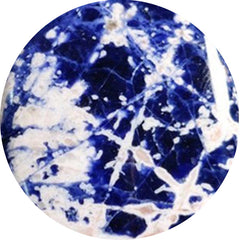 SODALITE (69)
SODALITE (69)
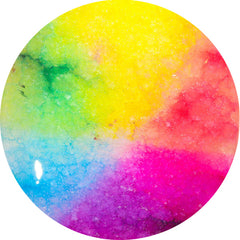 SOLAR AGATE (0)
SOLAR AGATE (0)
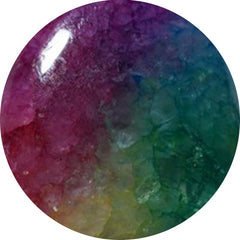 SOLAR QUARTZ (56)
SOLAR QUARTZ (56)
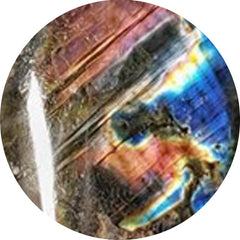 SPECTROLITE (51)
SPECTROLITE (51)
 SPHENCE (22)
SPHENCE (22)
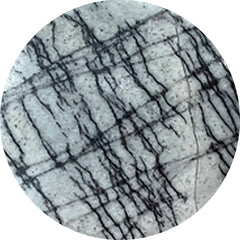 SPIDERWEB JASPER (7)
SPIDERWEB JASPER (7)
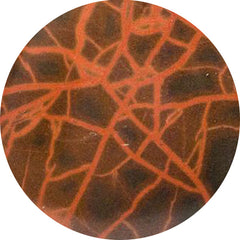 SPIDERWOMAN JASPER (1)
SPIDERWOMAN JASPER (1)
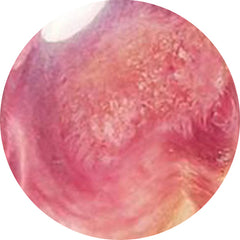 SPINY OYSTER SHELL (37)
SPINY OYSTER SHELL (37)
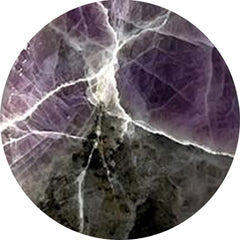 SPURRITE (8)
SPURRITE (8)
 STARBURST (1)
STARBURST (1)
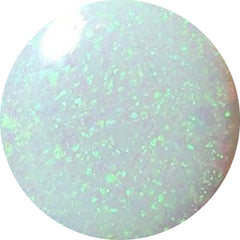 STERLING OPAL (5)
STERLING OPAL (5)
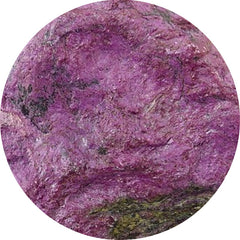 Stichtite (43)
Stichtite (43)
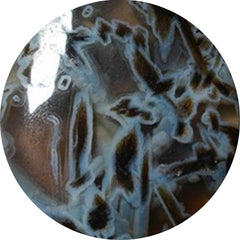 STICK AGATE (15)
STICK AGATE (15)
 STITCHTITE (137)
STITCHTITE (137)
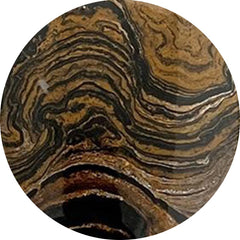 STRAMATOLITE (0)
STRAMATOLITE (0)
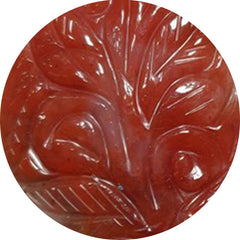 STRAWBERRY QUARTZ (9)
STRAWBERRY QUARTZ (9)
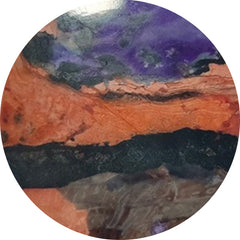 SUGILITE (1)
SUGILITE (1)
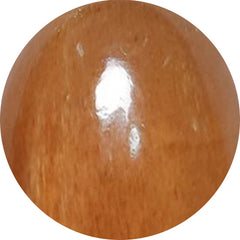 SUNSTONE (176)
SUNSTONE (176)
 SURFITE (0)
SURFITE (0)
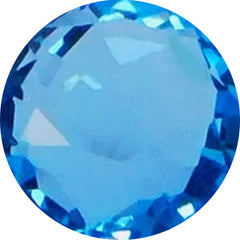 SWISS BLUE TOPAZ (40)
SWISS BLUE TOPAZ (40)
 SWISS OPAL (3)
SWISS OPAL (3)
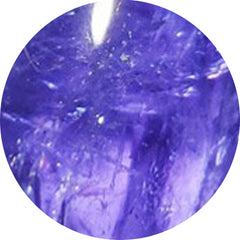 TANZANITE (46)
TANZANITE (46)
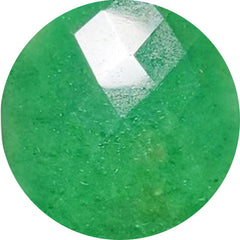 TANZURINE (11)
TANZURINE (11)
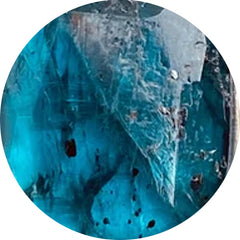 TEAL KYANITE (10)
TEAL KYANITE (10)
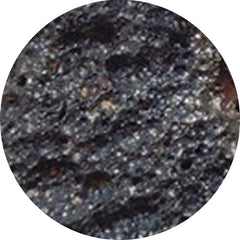 TEKTITE (16)
TEKTITE (16)
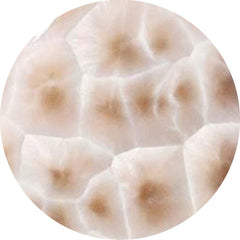 THOMSONITE (32)
THOMSONITE (32)
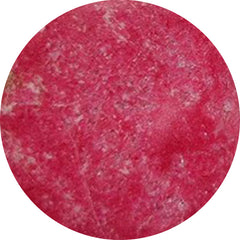 THULITE (86)
THULITE (86)
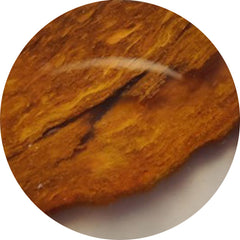 THUNDER EGG AGATE (0)
THUNDER EGG AGATE (0)
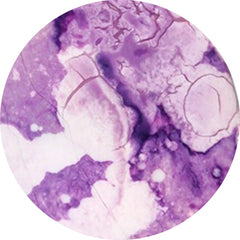 TIFFANY STONE (5)
TIFFANY STONE (5)
 TIGER EYE (74)
TIGER EYE (74)
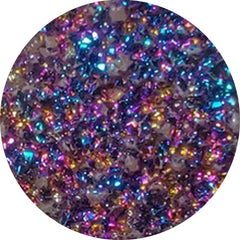 TITANIUM DRUZY (9)
TITANIUM DRUZY (9)
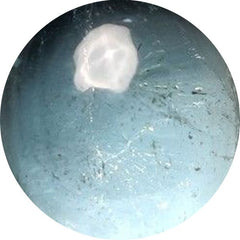 TOPAZ (85)
TOPAZ (85)
 TOURMALINE (168)
TOURMALINE (168)
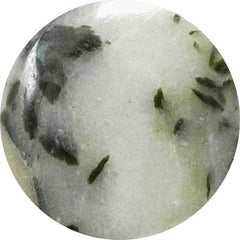 TOURMALINE IN QUARTZ (92)
TOURMALINE IN QUARTZ (92)
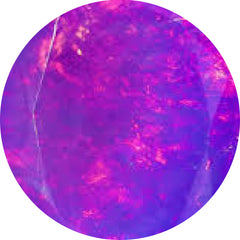 TREATED OPAL (59)
TREATED OPAL (59)
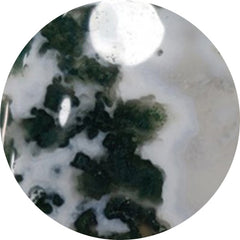 TREE AGATE (33)
TREE AGATE (33)
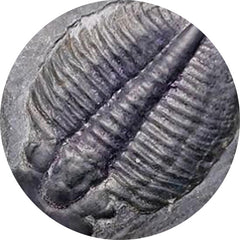 TRILOBITE FOSSIL (10)
TRILOBITE FOSSIL (10)
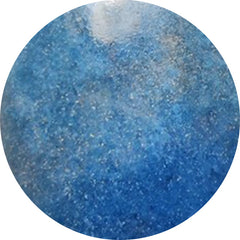 TROLLEITE QUARTZ (40)
TROLLEITE QUARTZ (40)
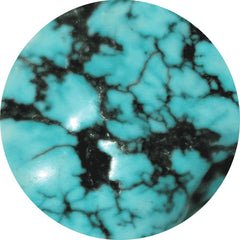 TUMBLES (1)
TUMBLES (1)
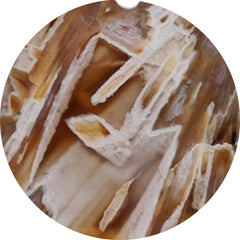 TURKISH TUBE AGATE (82)
TURKISH TUBE AGATE (82)
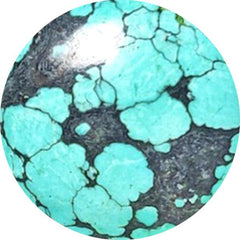 TURQUOISE (492)
TURQUOISE (492)
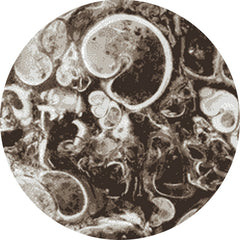 TURRITELLA JASPER (4)
TURRITELLA JASPER (4)
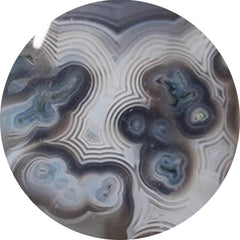 TUXEDO AGATE (57)
TUXEDO AGATE (57)
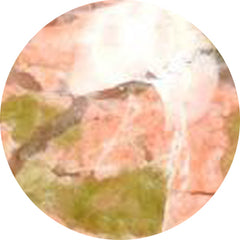 Unakite (4)
Unakite (4)
 UNDER $10 (4039)
UNDER $10 (4039)
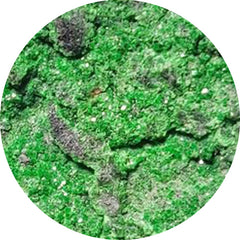 UVAROVITE GARNET (4)
UVAROVITE GARNET (4)
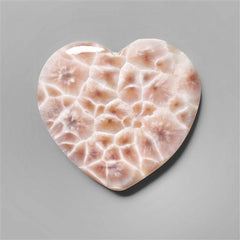 Valentine (790)
Valentine (790)
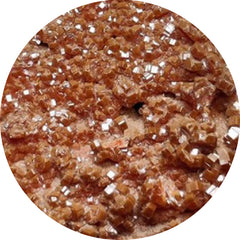 VANADINITE DRUZY (6)
VANADINITE DRUZY (6)
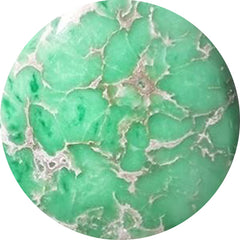 VARISCITE (121)
VARISCITE (121)
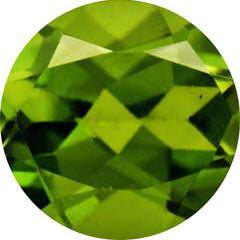 VESUVIANITE (0)
VESUVIANITE (0)
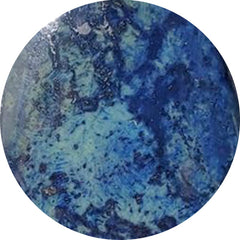 VIVIANITE (0)
VIVIANITE (0)
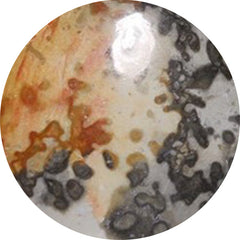 VOLCANIC COTHAM MARBLE (10)
VOLCANIC COTHAM MARBLE (10)
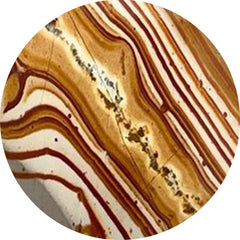 WAGUL JASPER (6)
WAGUL JASPER (6)
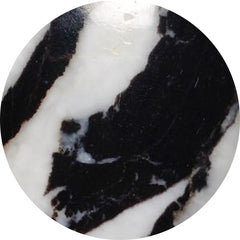 WHITE BUFFALO TURQUOISE (45)
WHITE BUFFALO TURQUOISE (45)
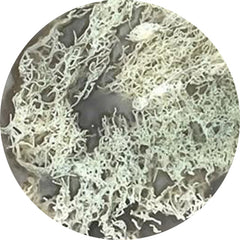 WHITE HORSE CANYON (48)
WHITE HORSE CANYON (48)
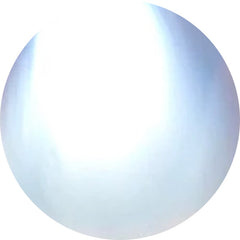 WHITE MOONSTONE (38)
WHITE MOONSTONE (38)
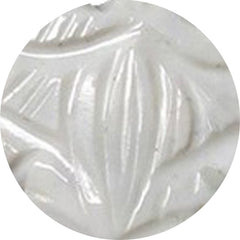 WHITE OPAL (13)
WHITE OPAL (13)
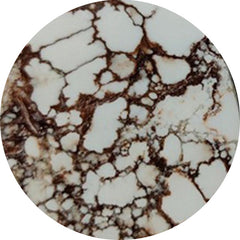 WILD HORSE JASPER (113)
WILD HORSE JASPER (113)
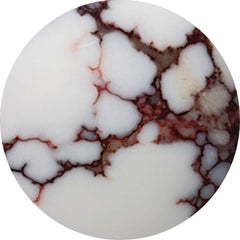 WILD HORSE MAGNESITE (59)
WILD HORSE MAGNESITE (59)
 WILLOW CREEK JASPER (9)
WILLOW CREEK JASPER (9)
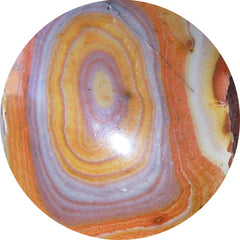 WONDER STONE (4)
WONDER STONE (4)
 WOOD (204)
WOOD (204)
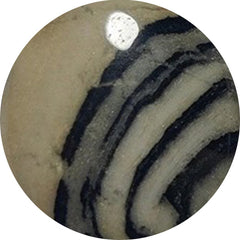 YAVAPAI TRAVERTINE (0)
YAVAPAI TRAVERTINE (0)
 Yellow Gemstones (179)
Yellow Gemstones (179)
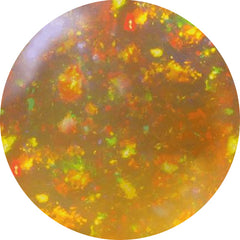 YELLOW OPAL (0)
YELLOW OPAL (0)
 YEMENI AQEEQ (0)
YEMENI AQEEQ (0)
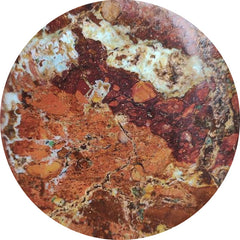 ZARINITE (0)
ZARINITE (0)
 ZEBRA JASPER (1)
ZEBRA JASPER (1)
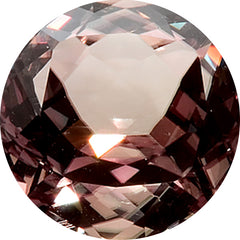 ZULTANITE (6)
ZULTANITE (6)



